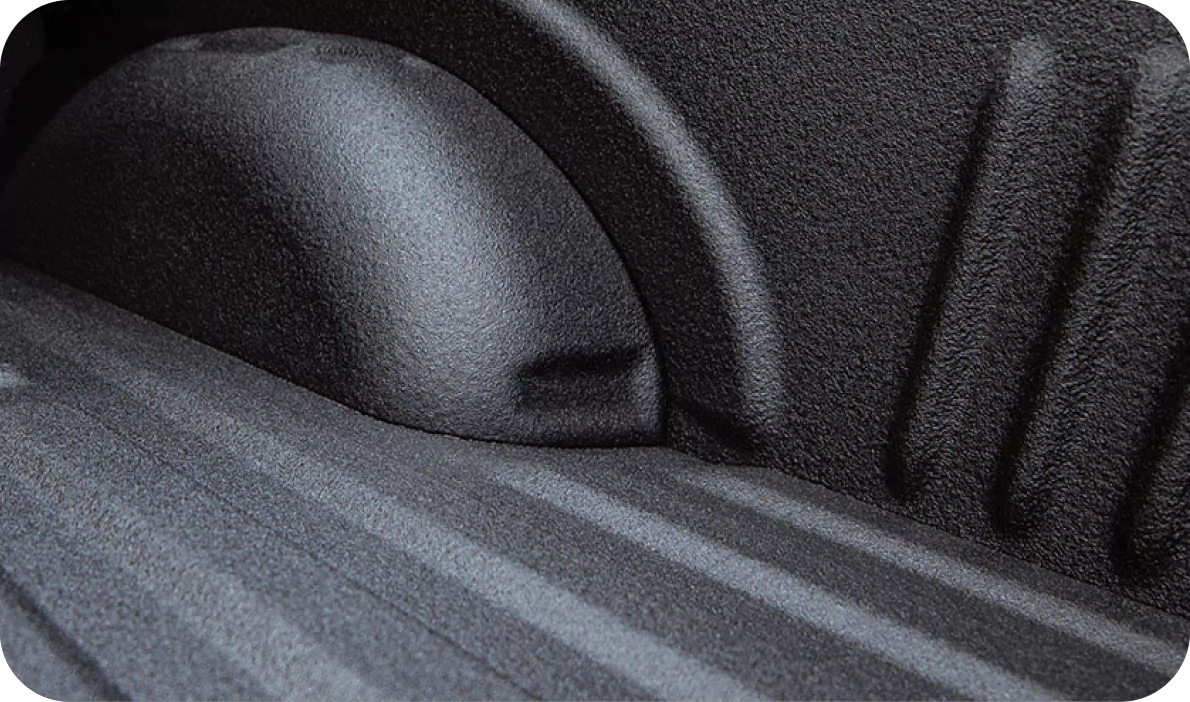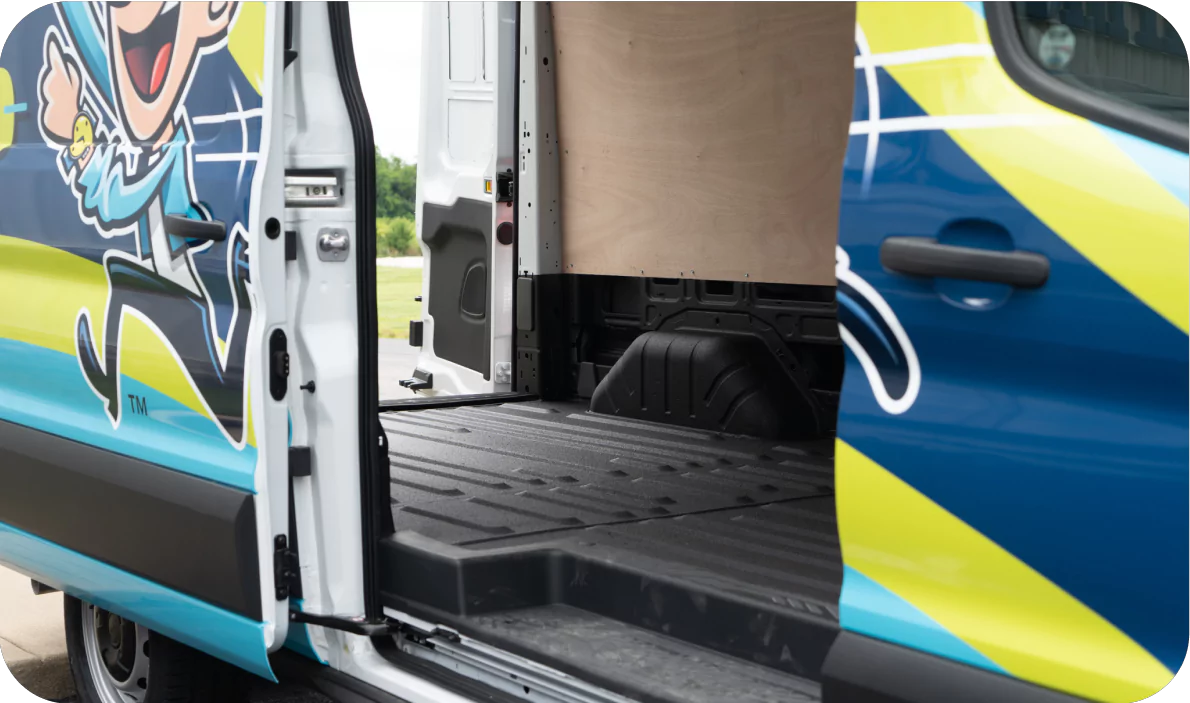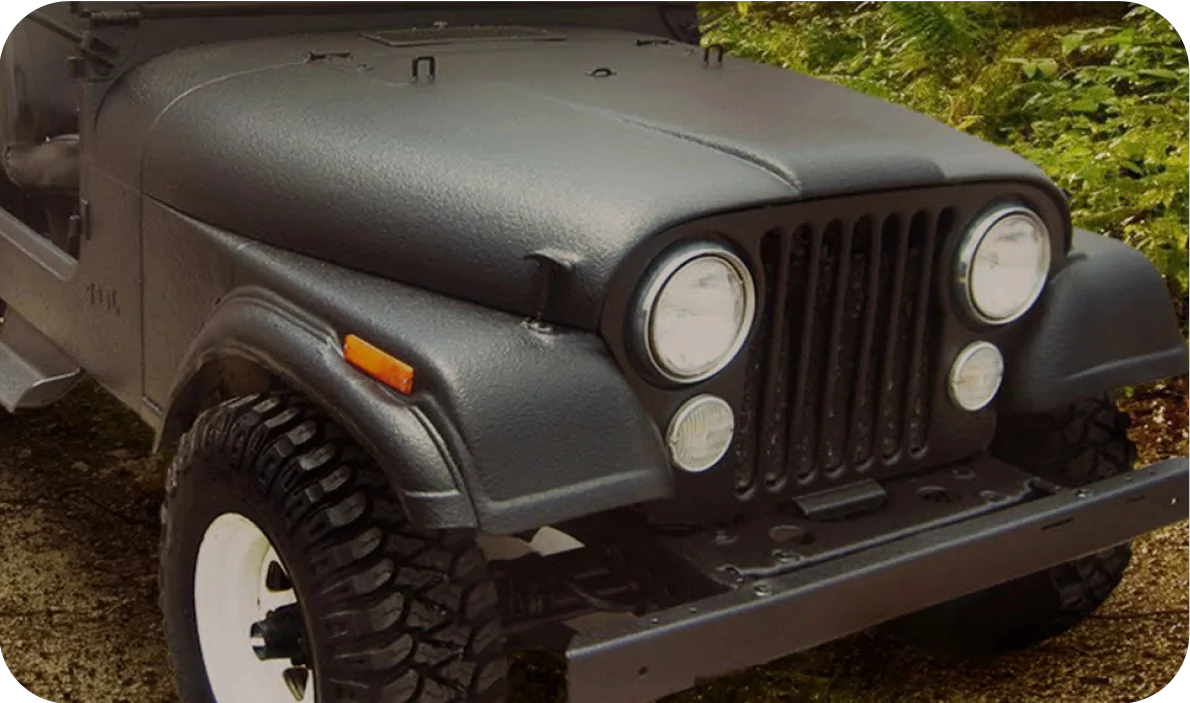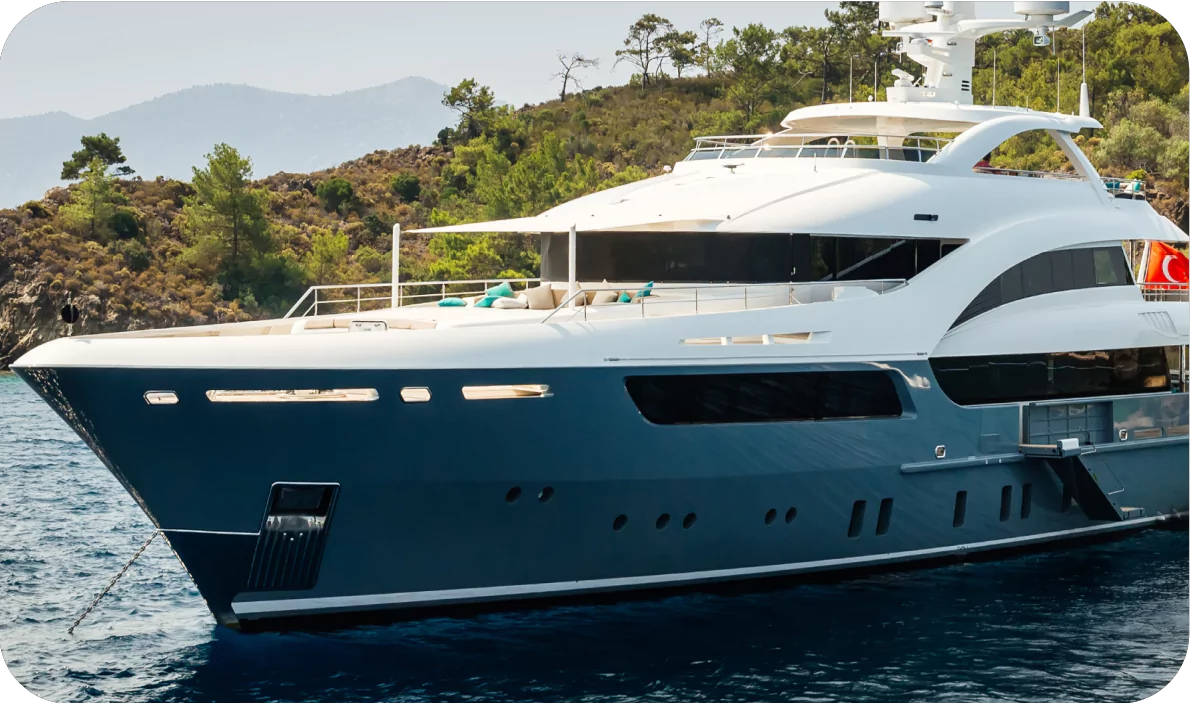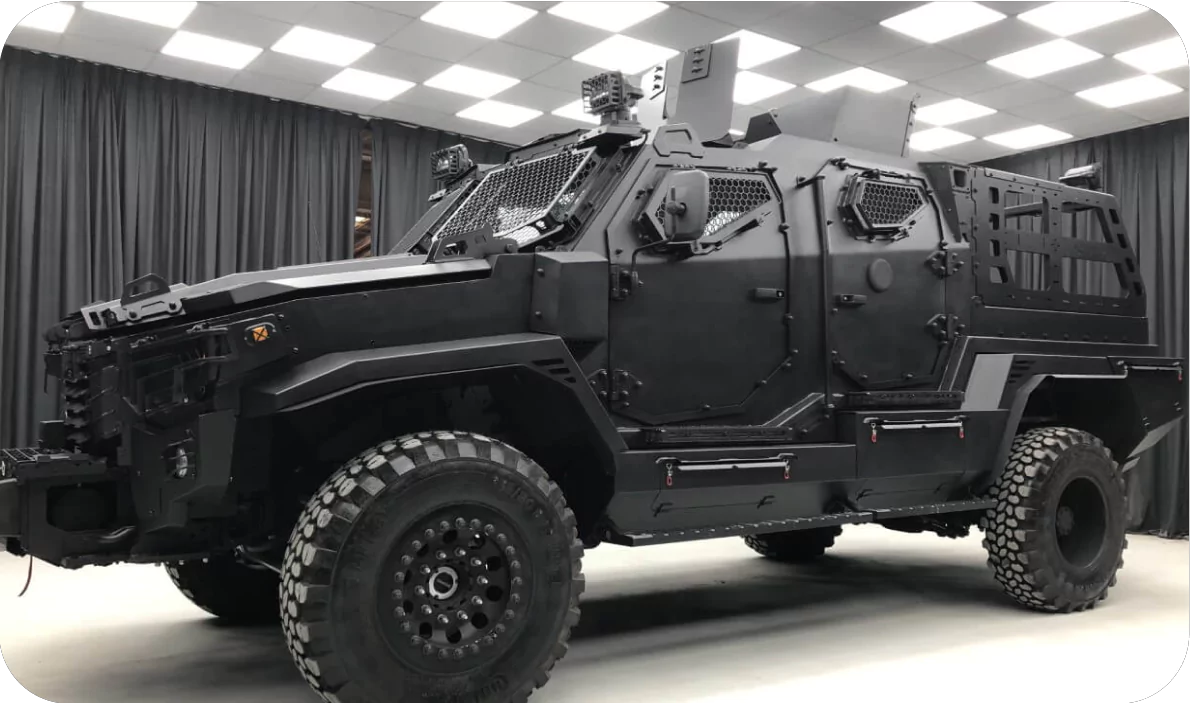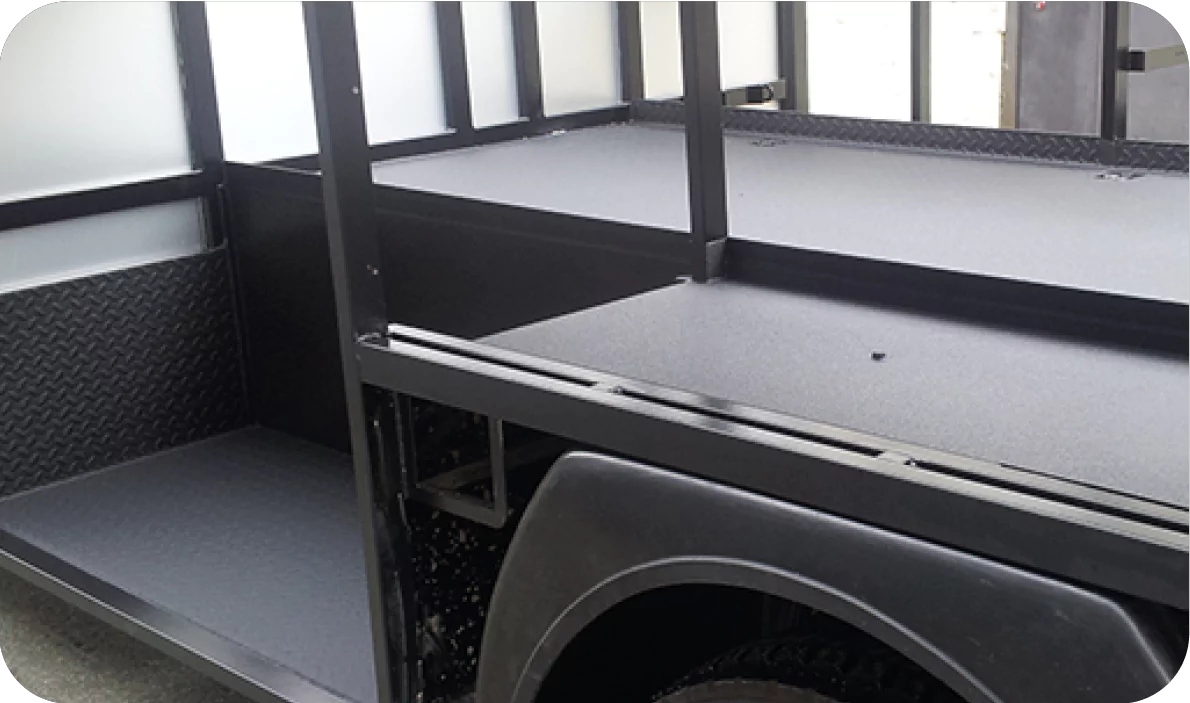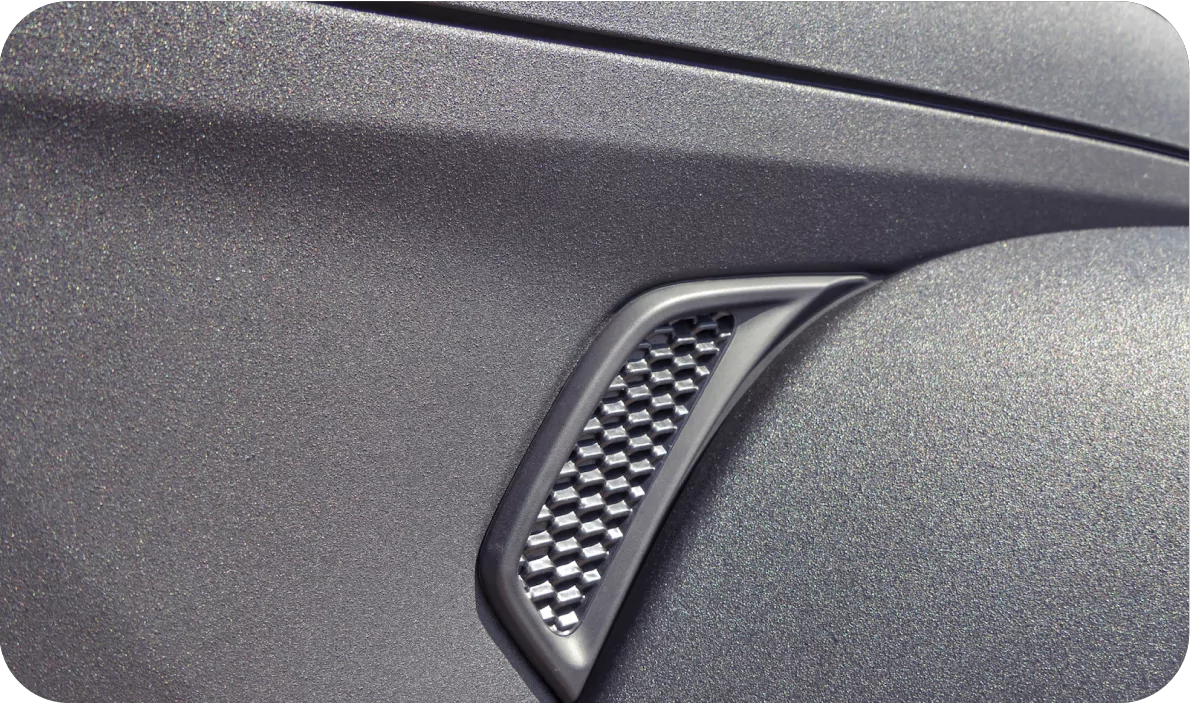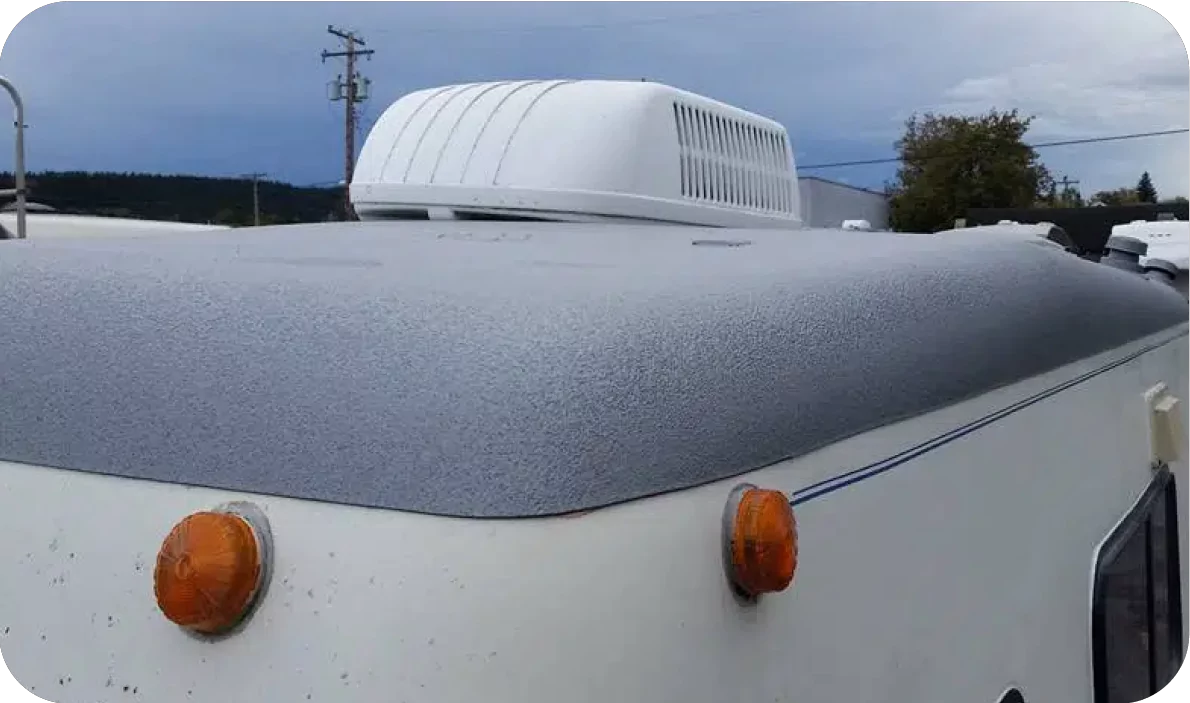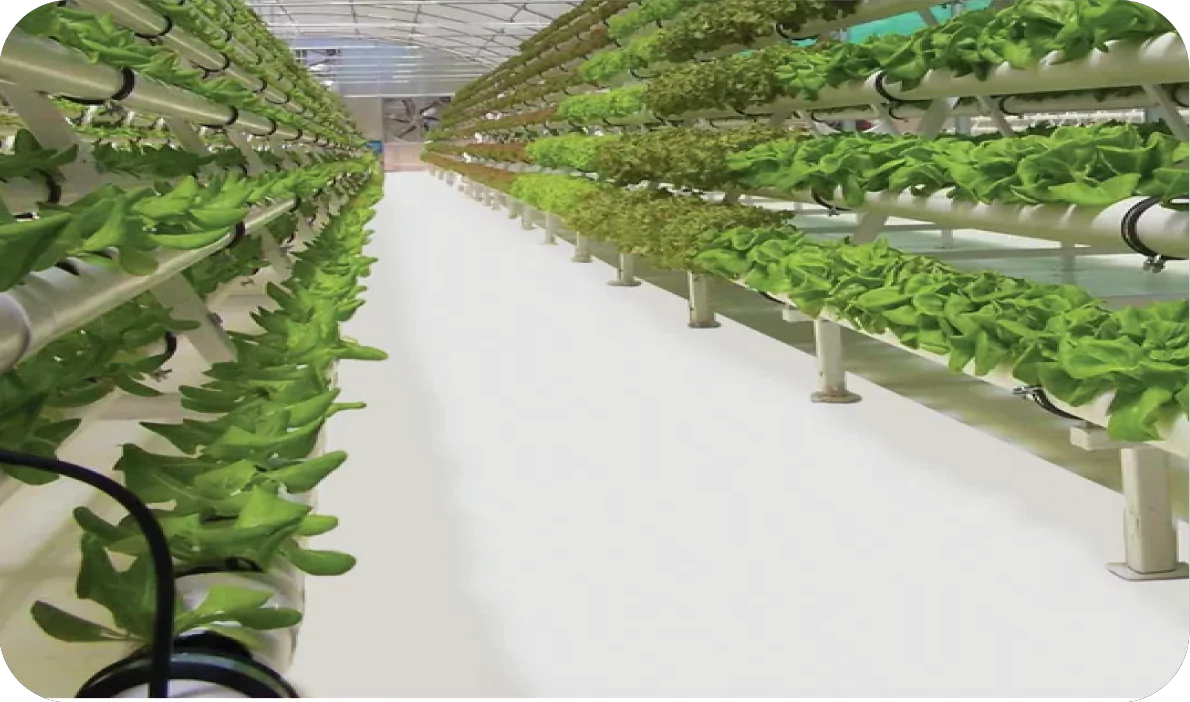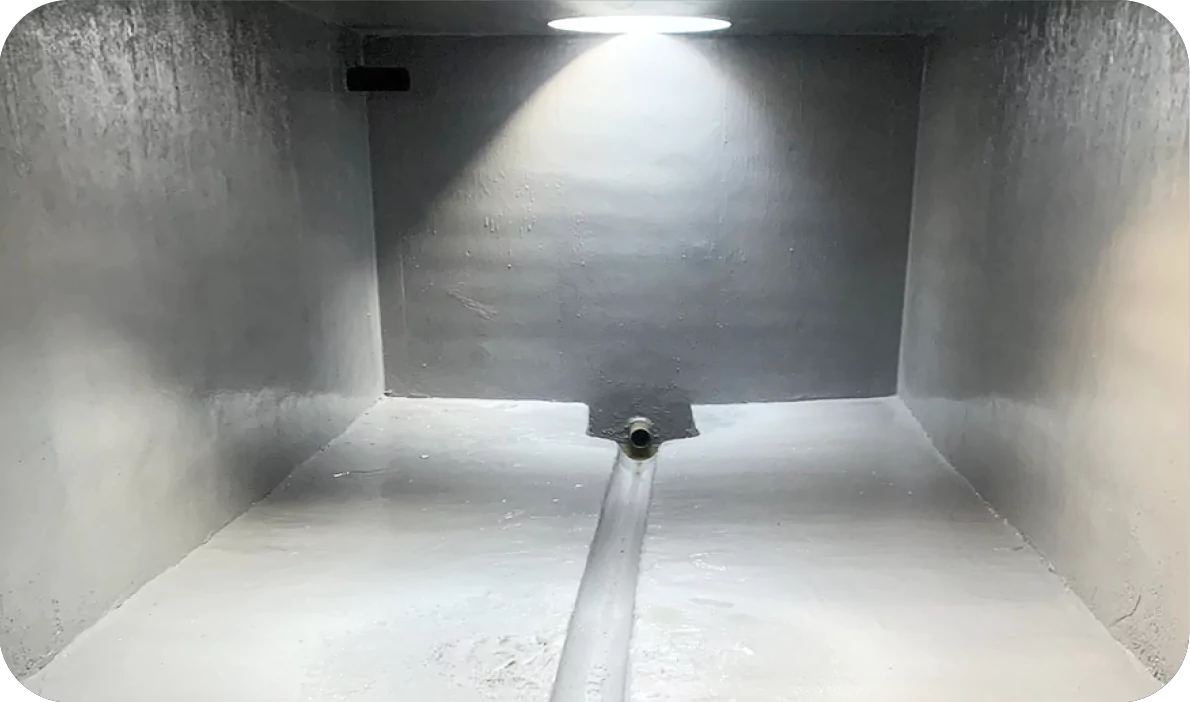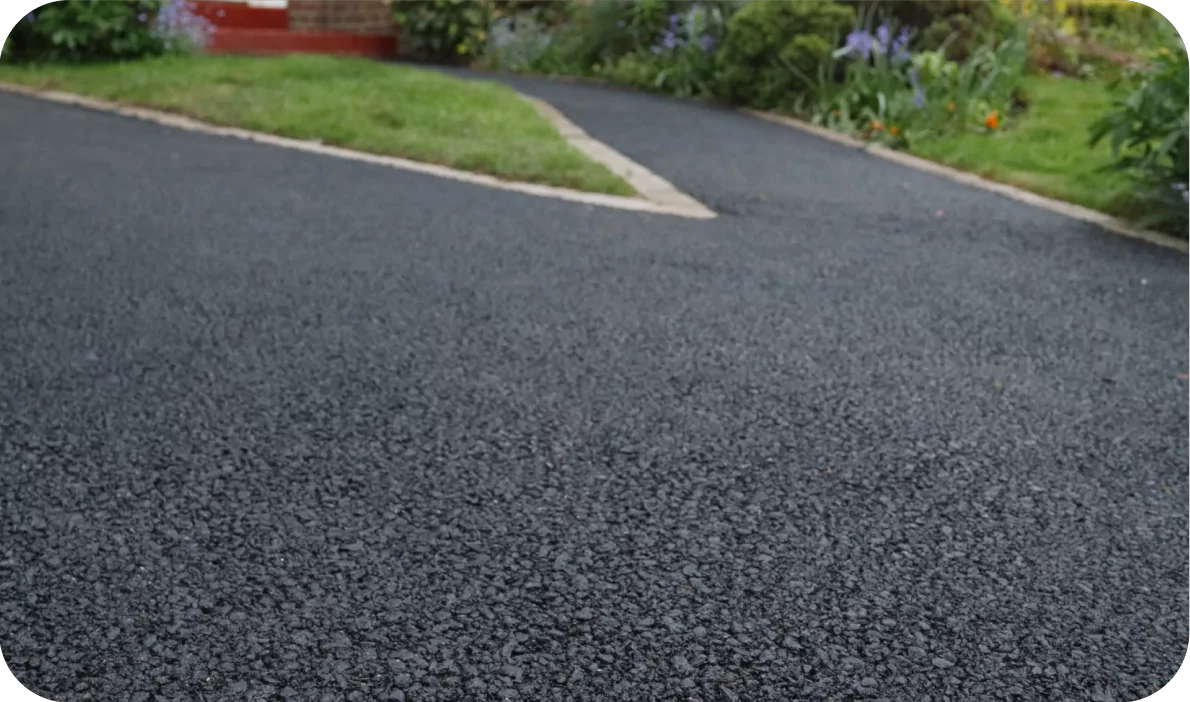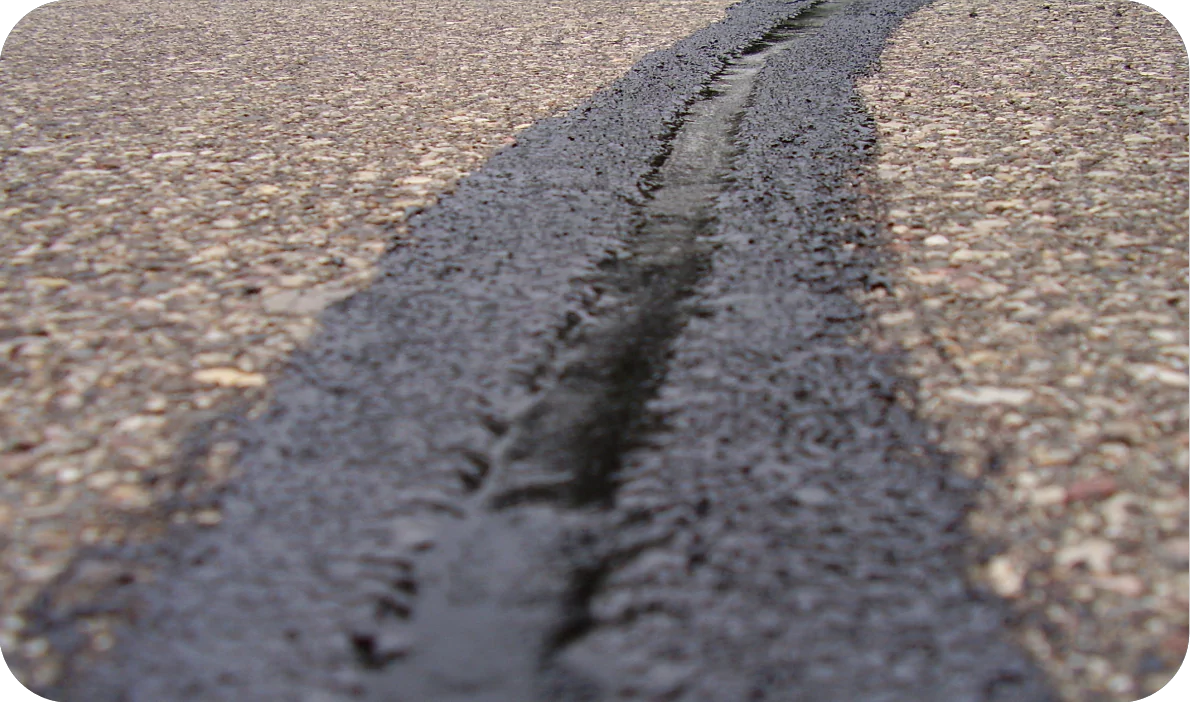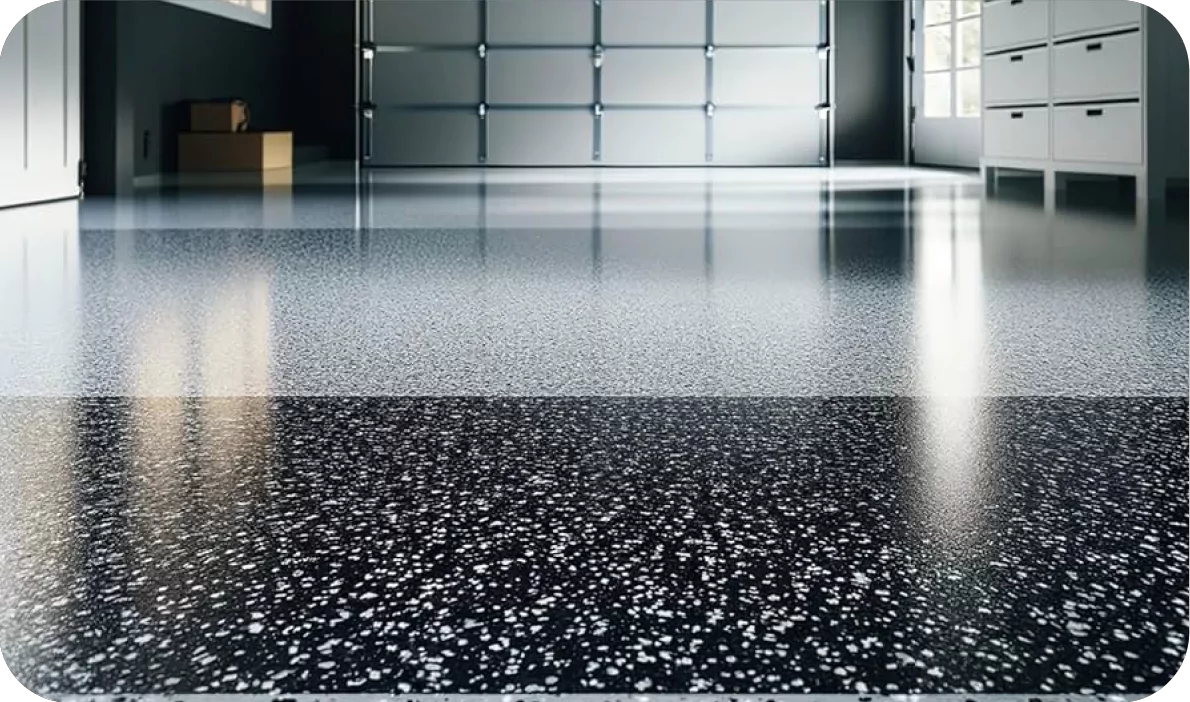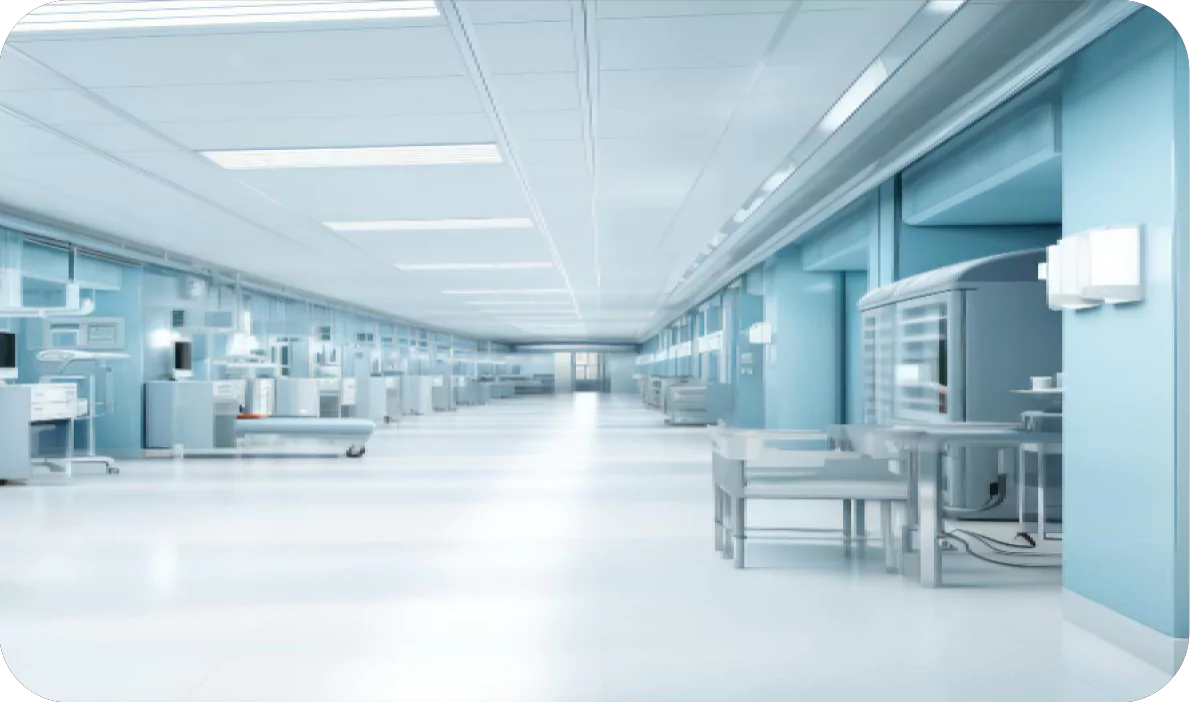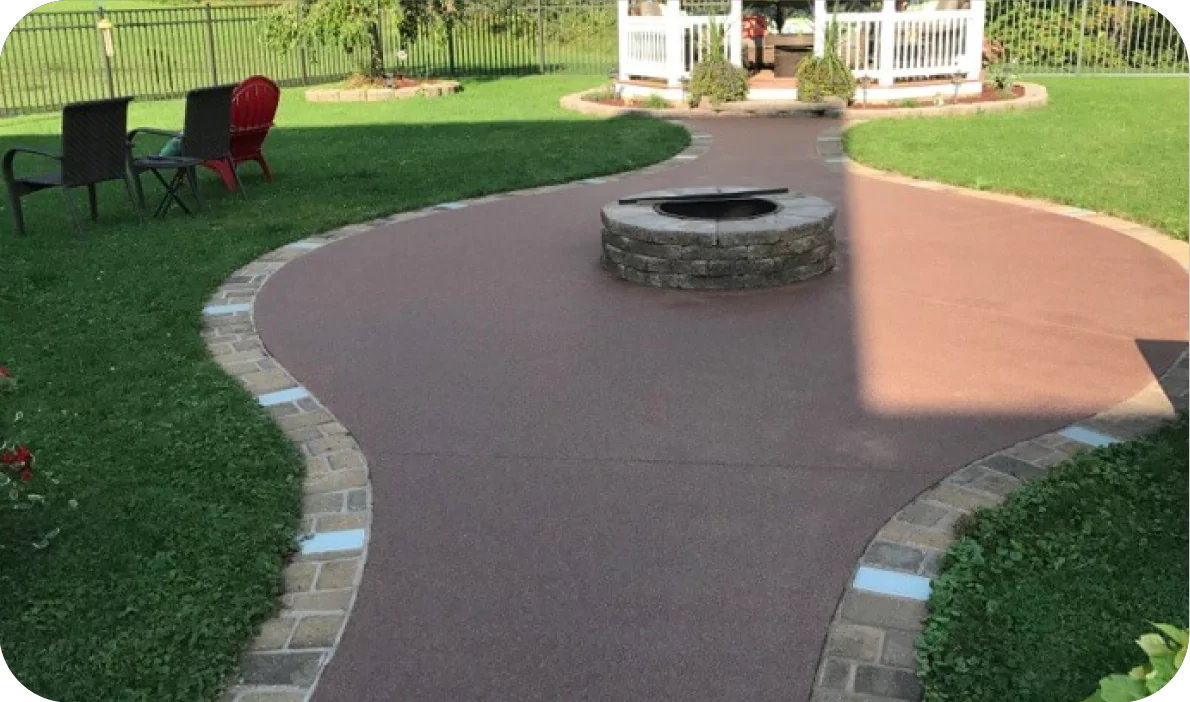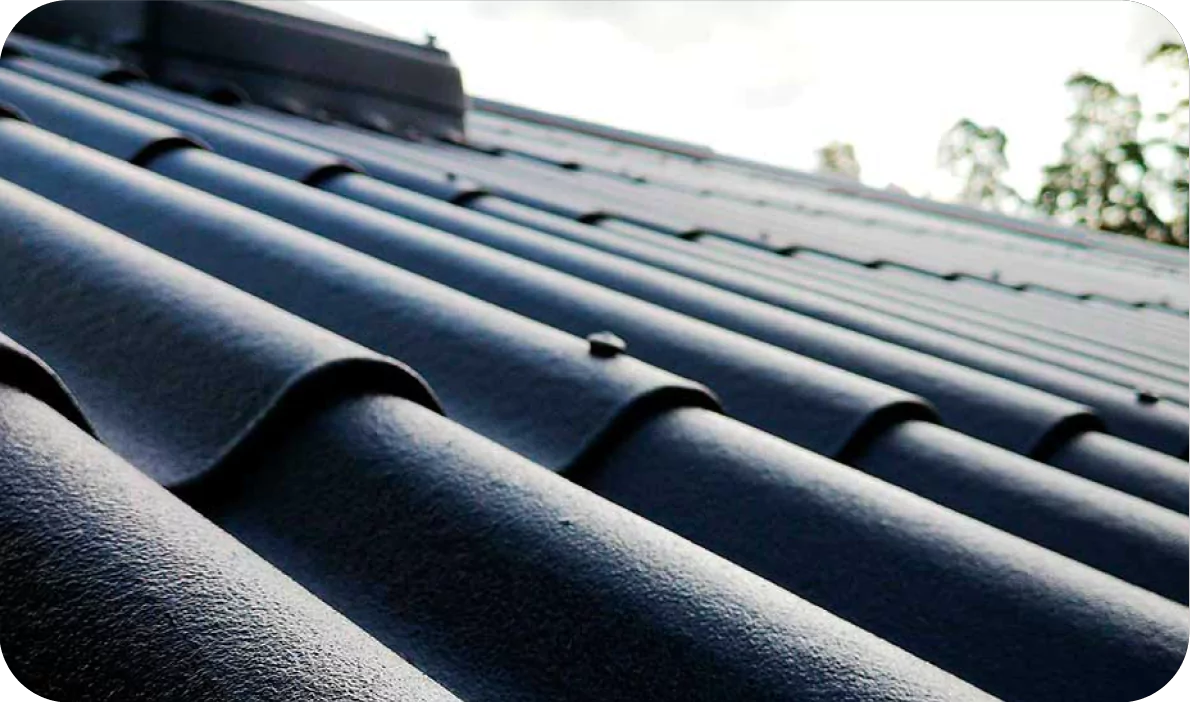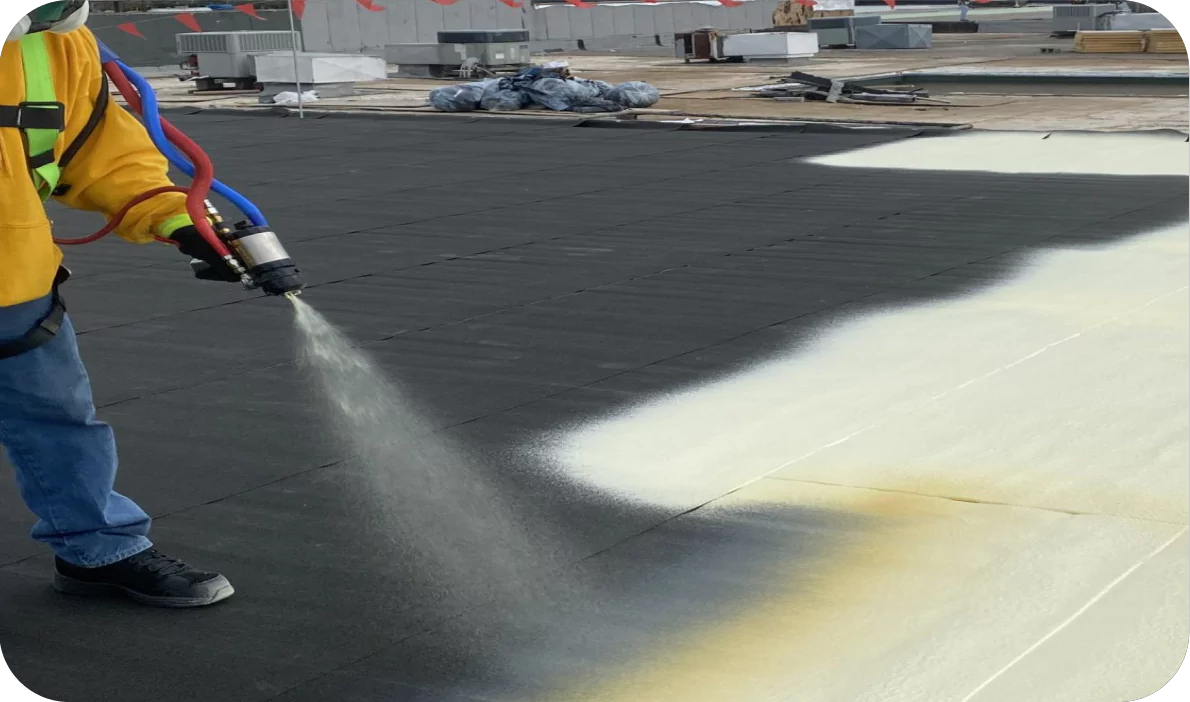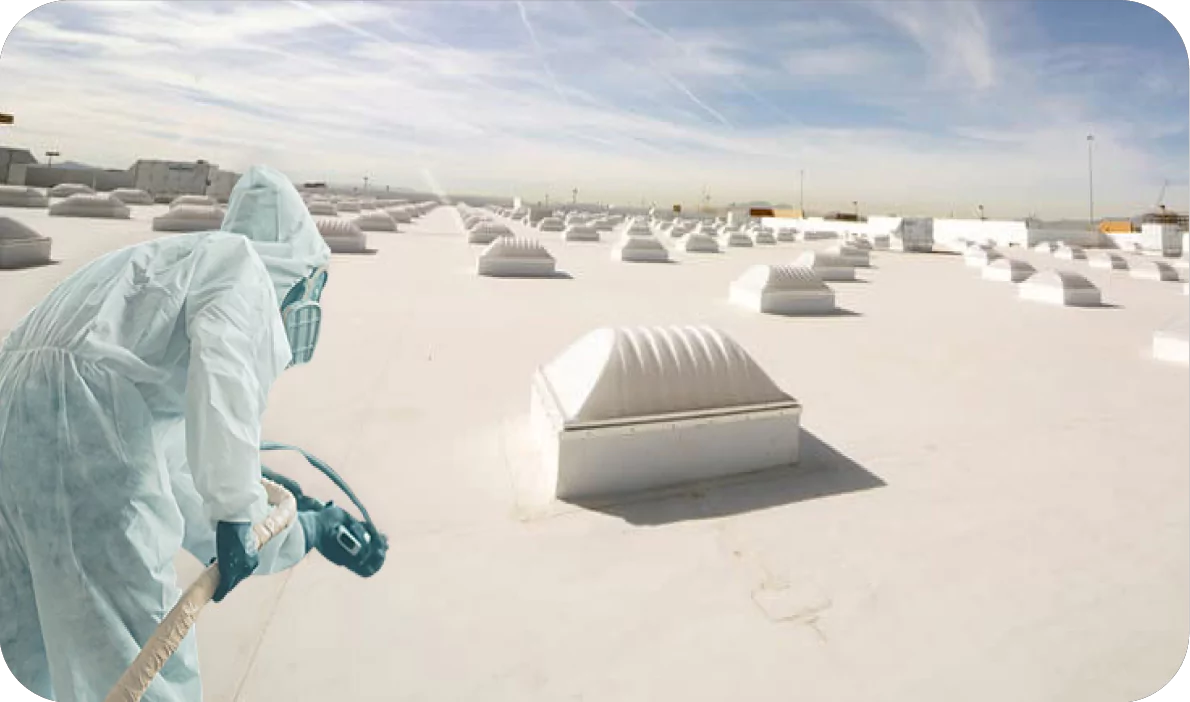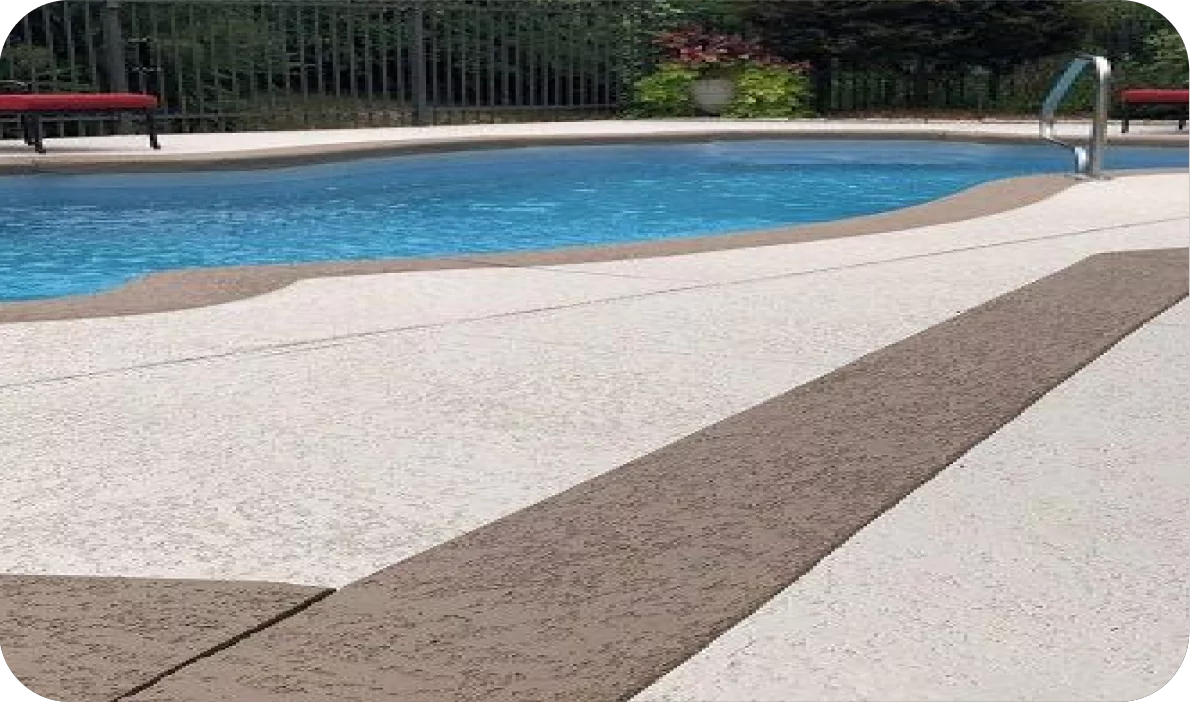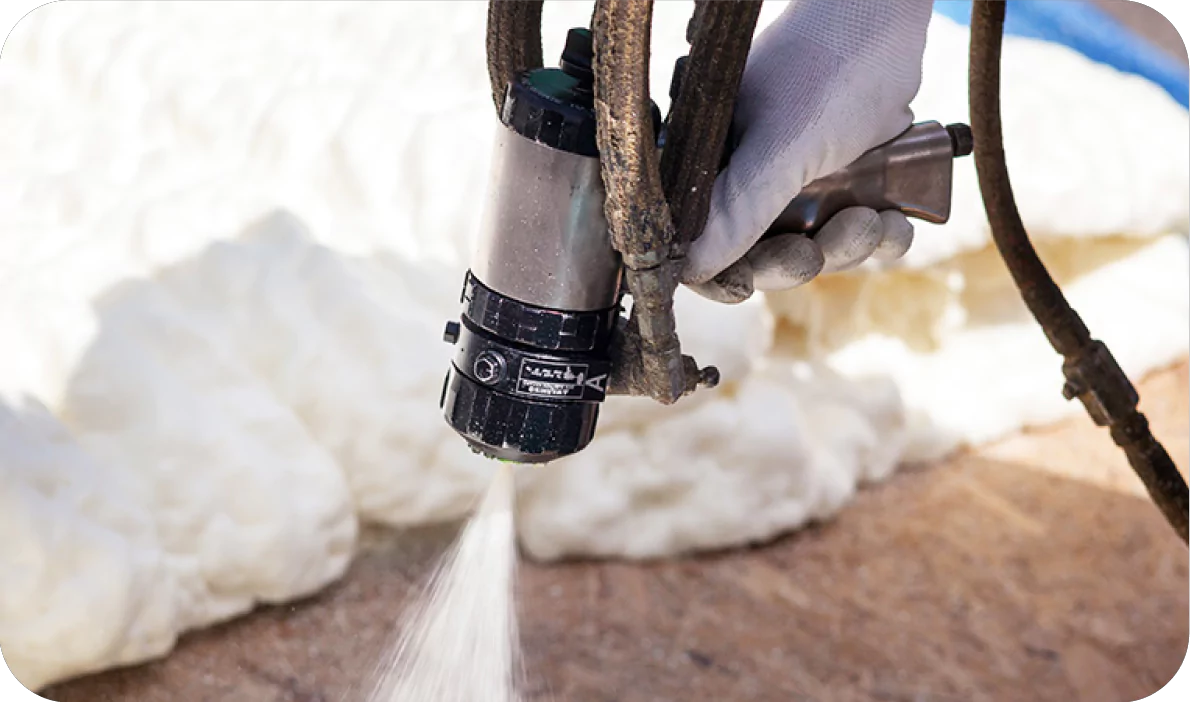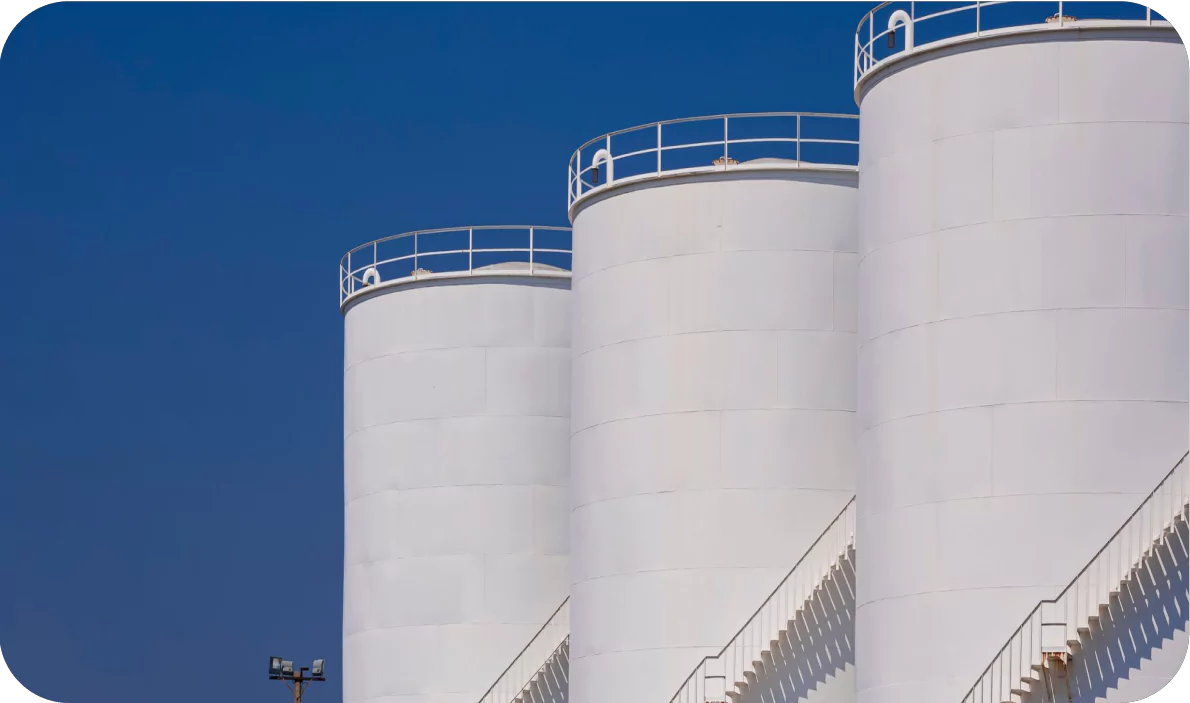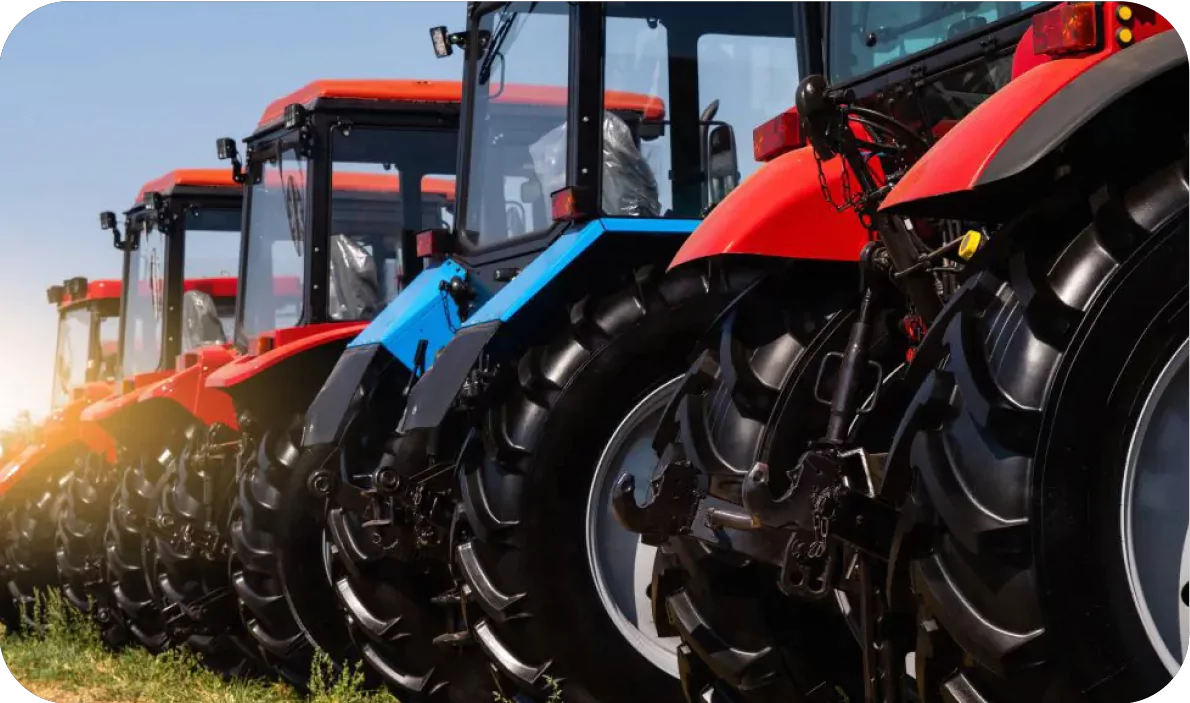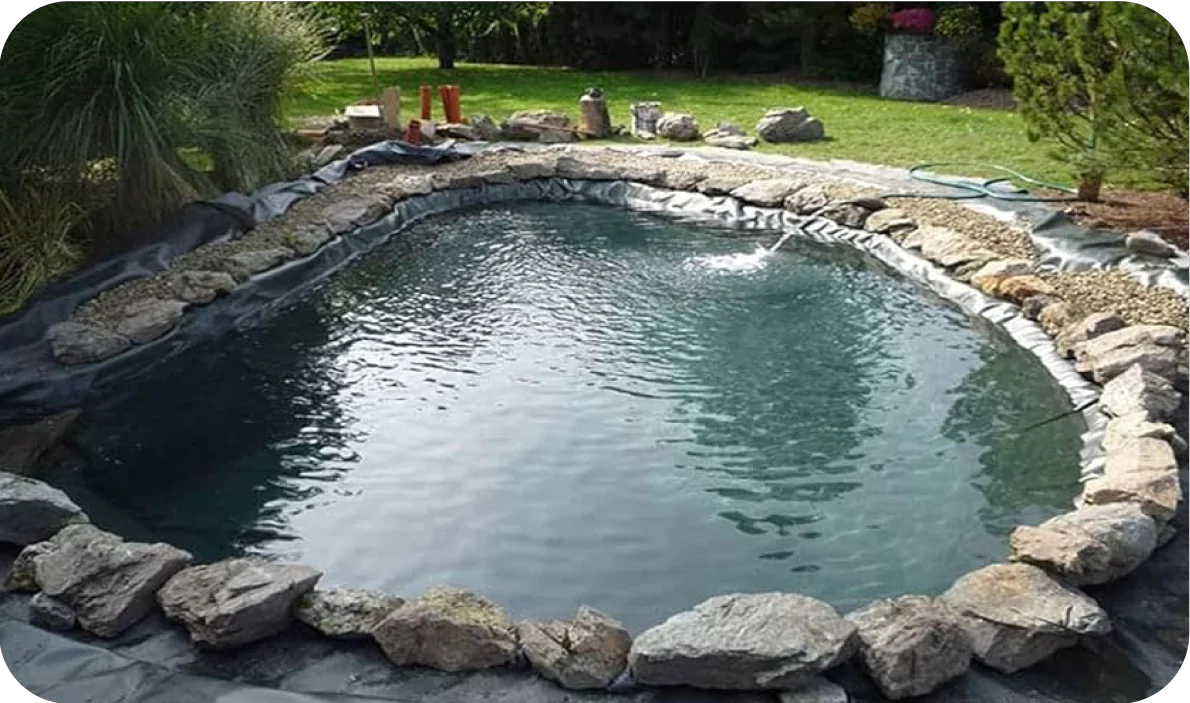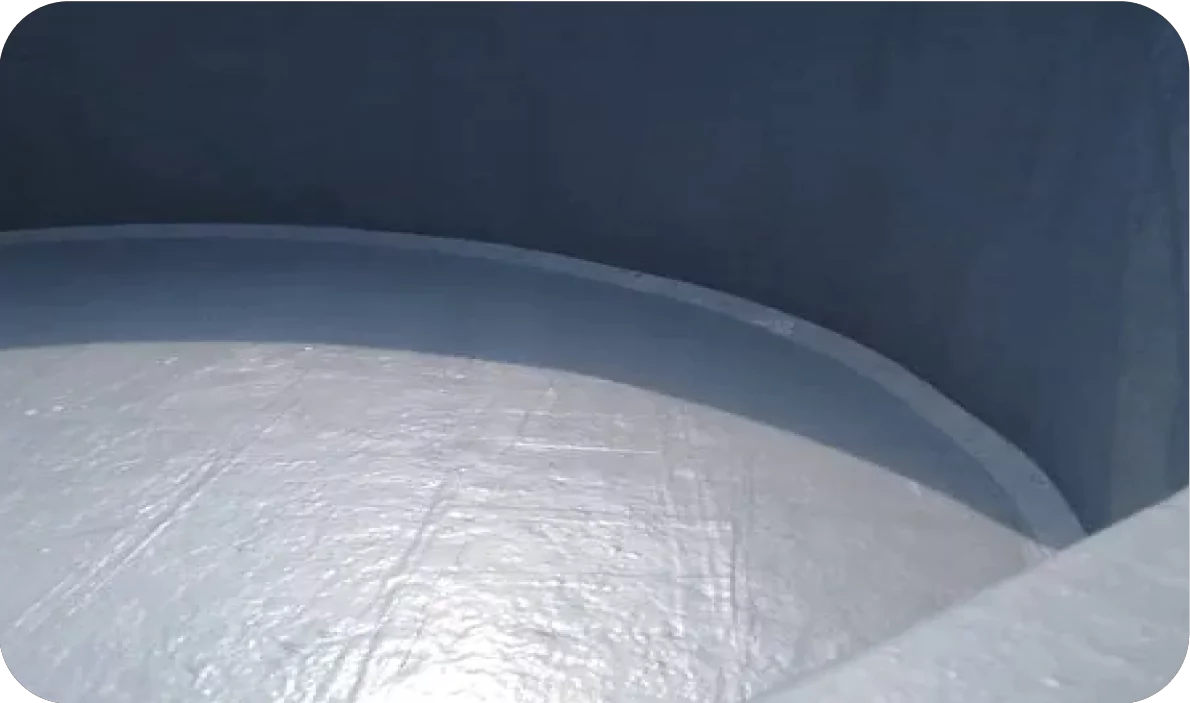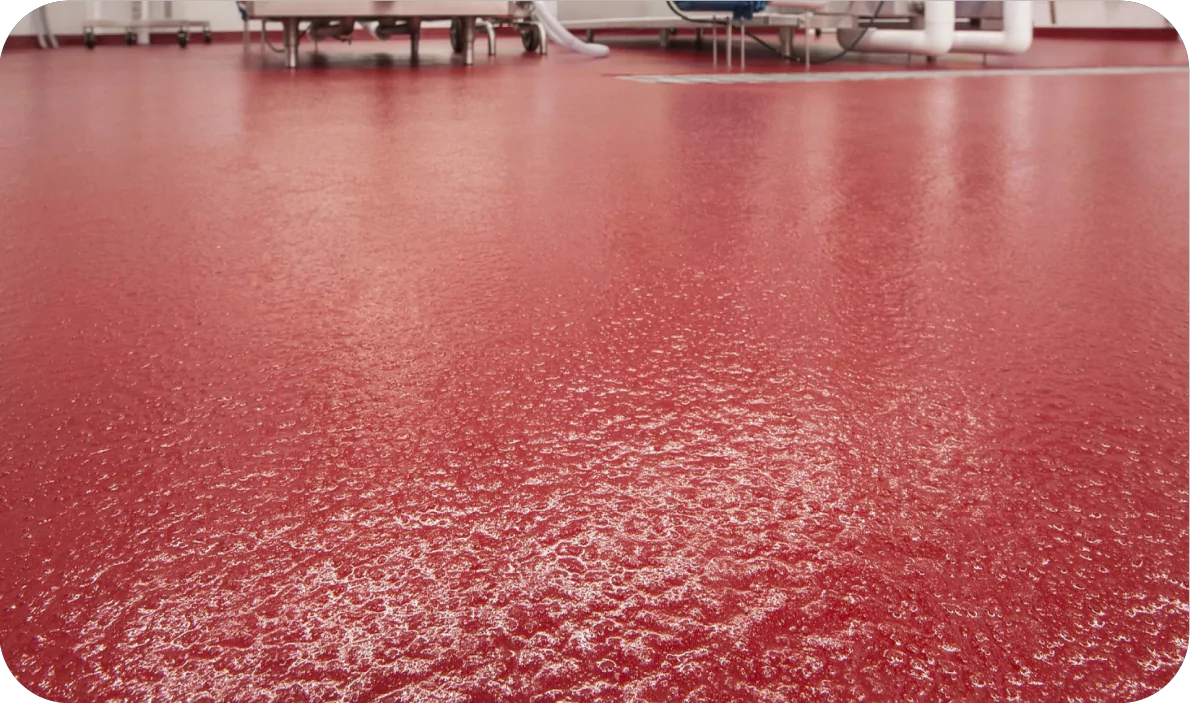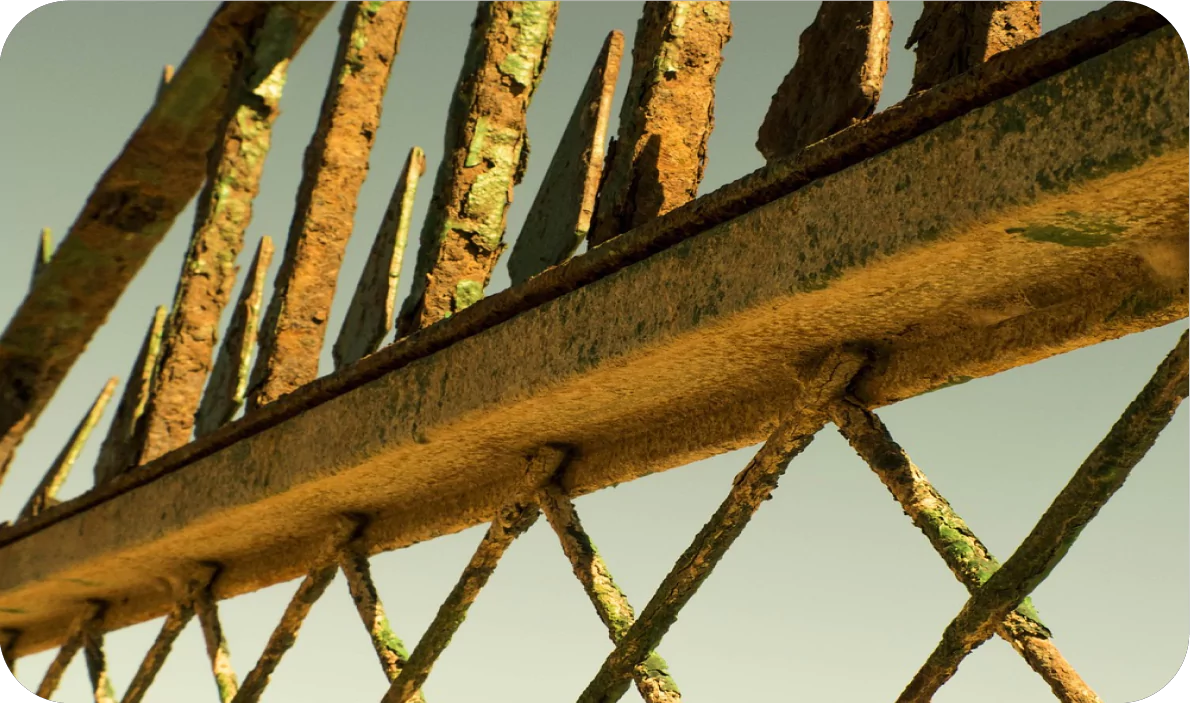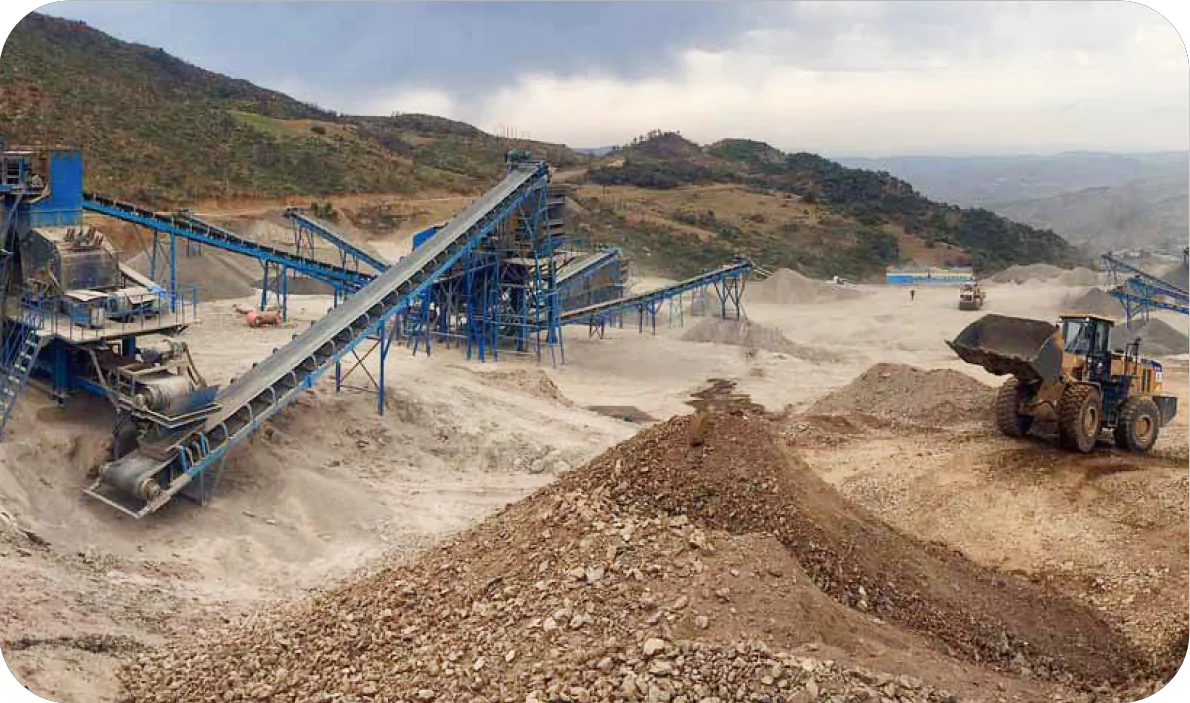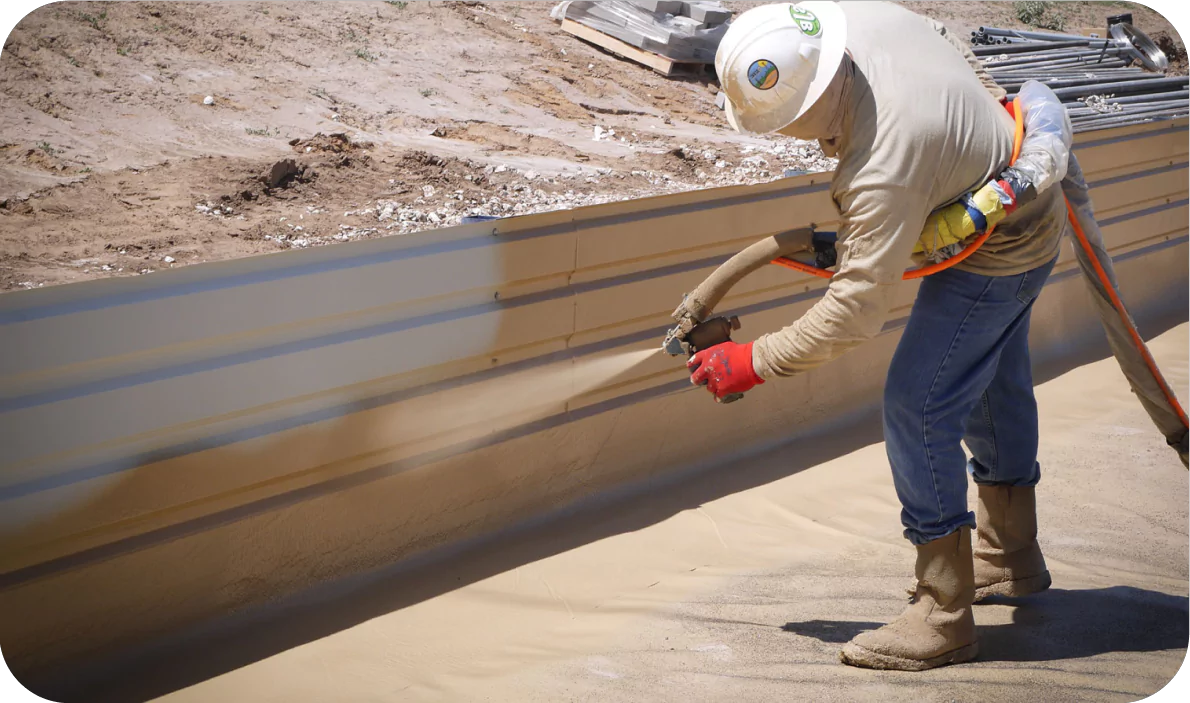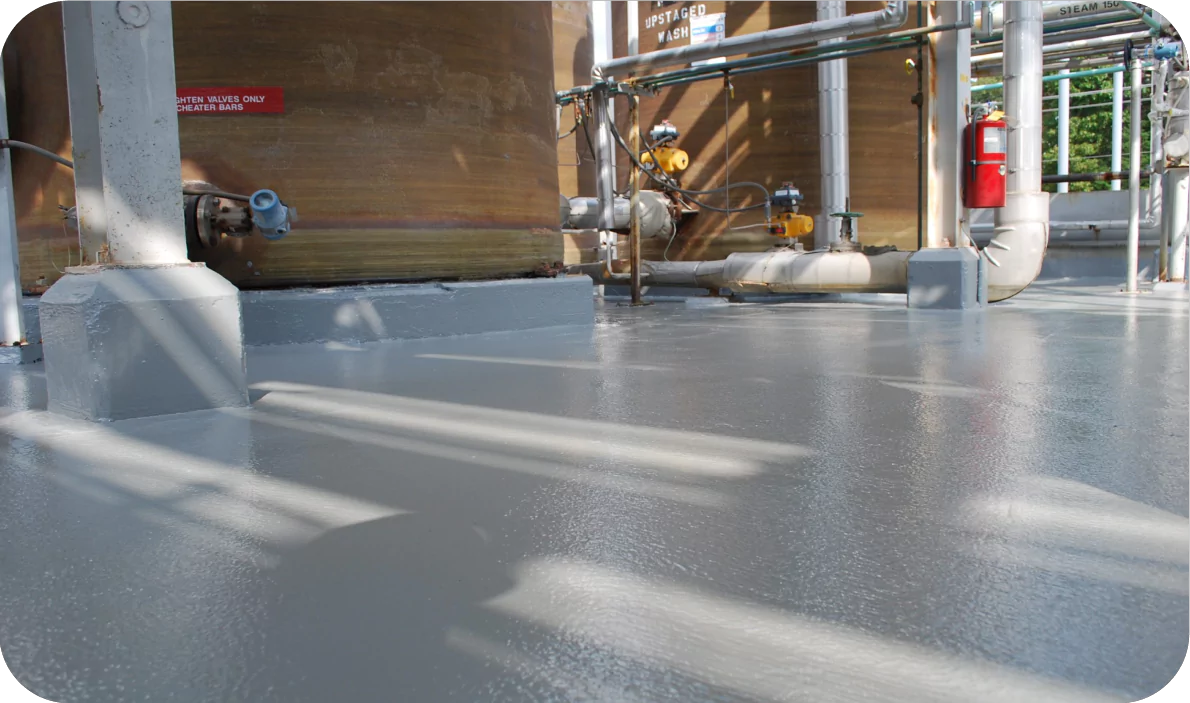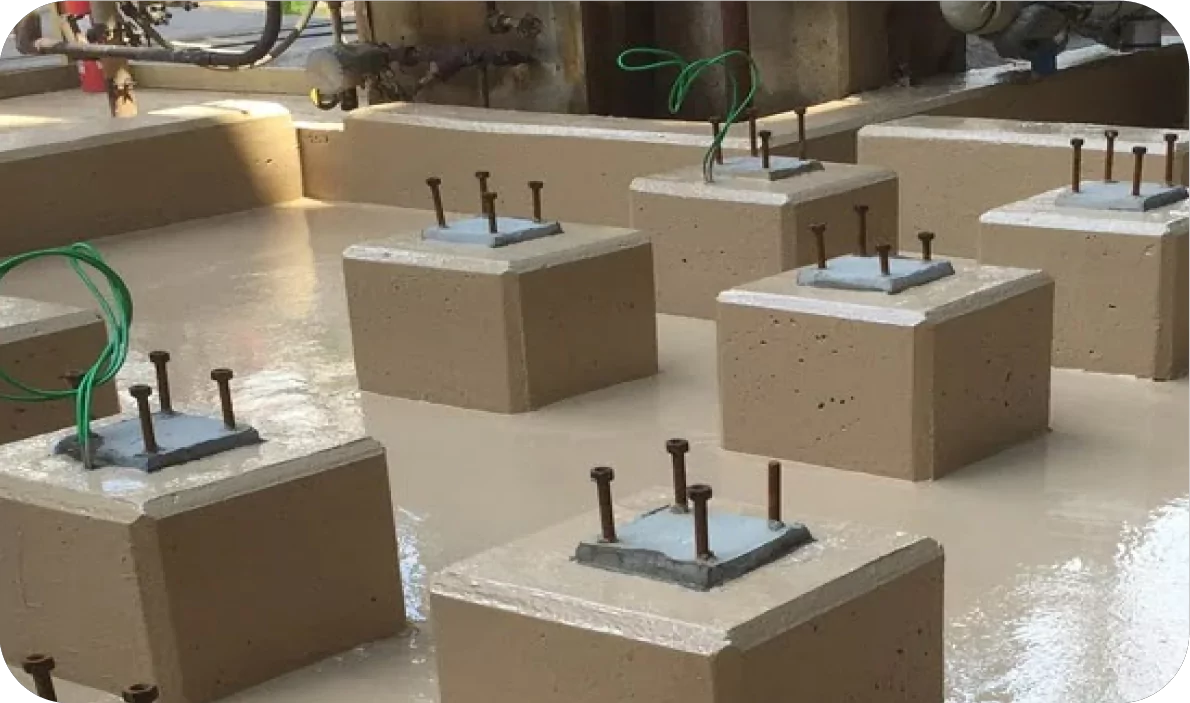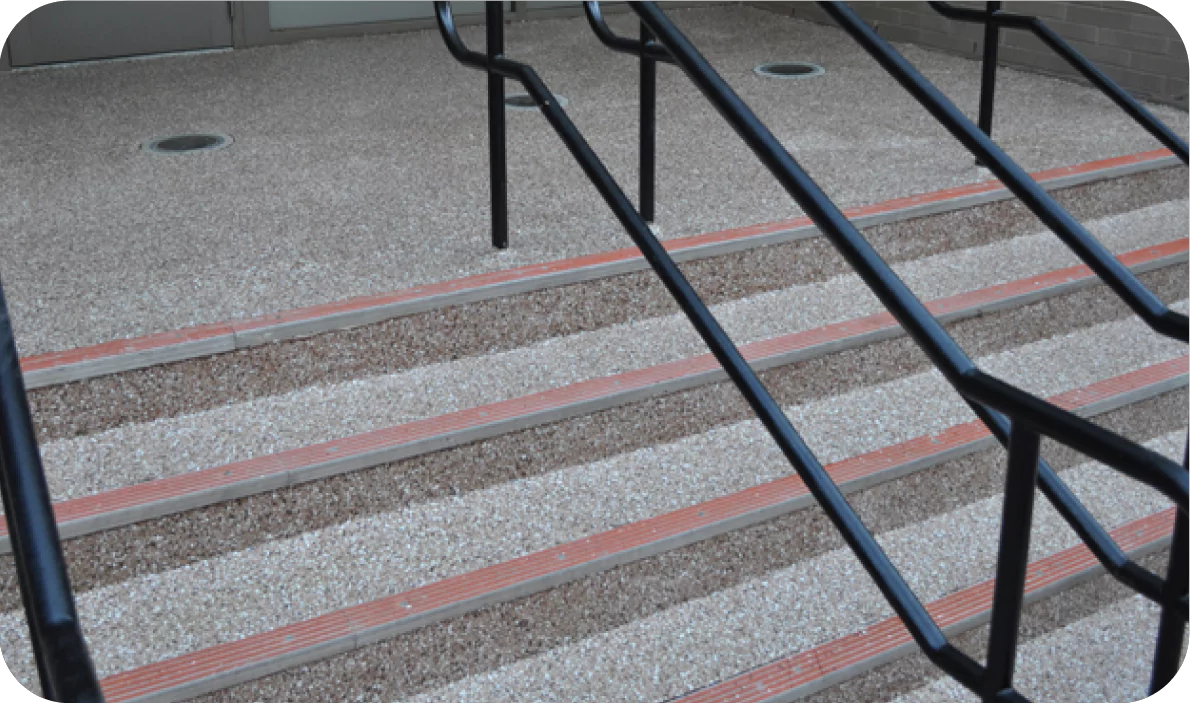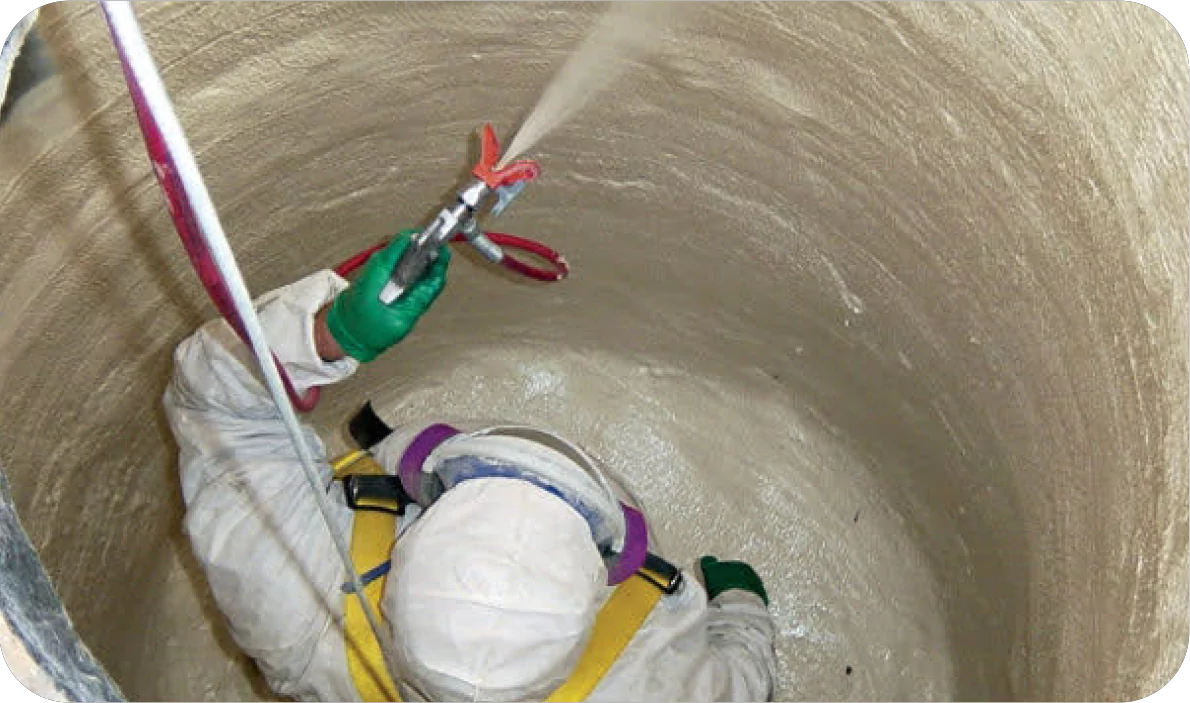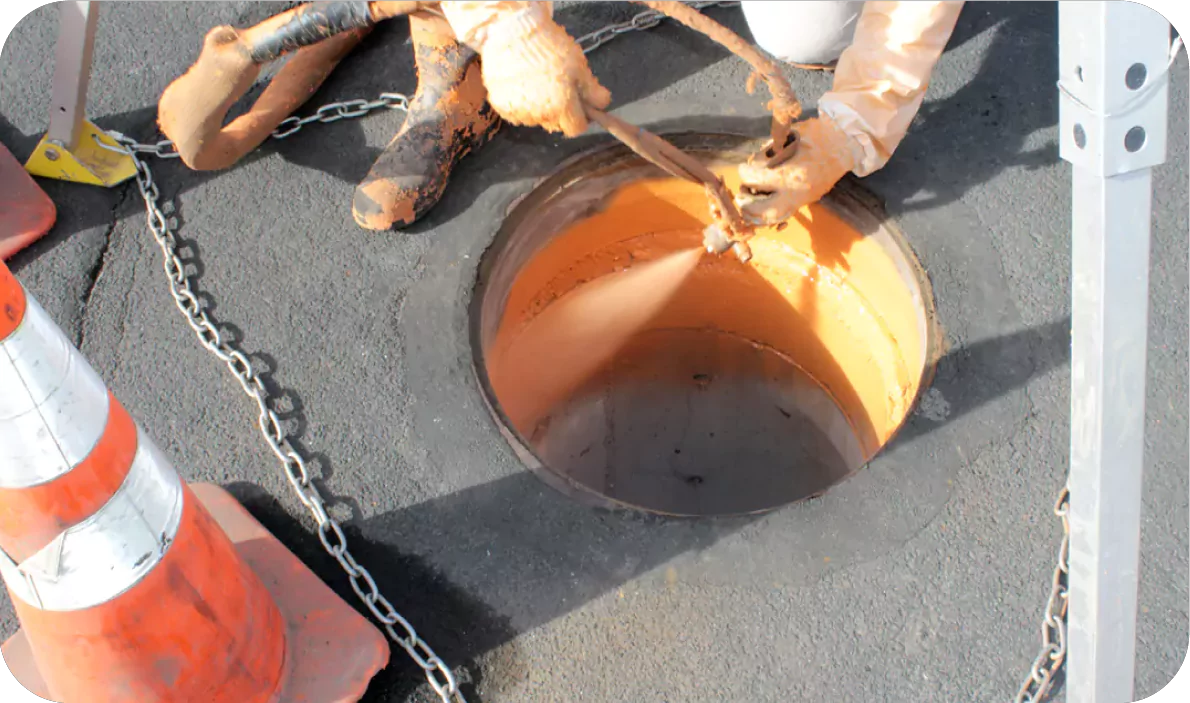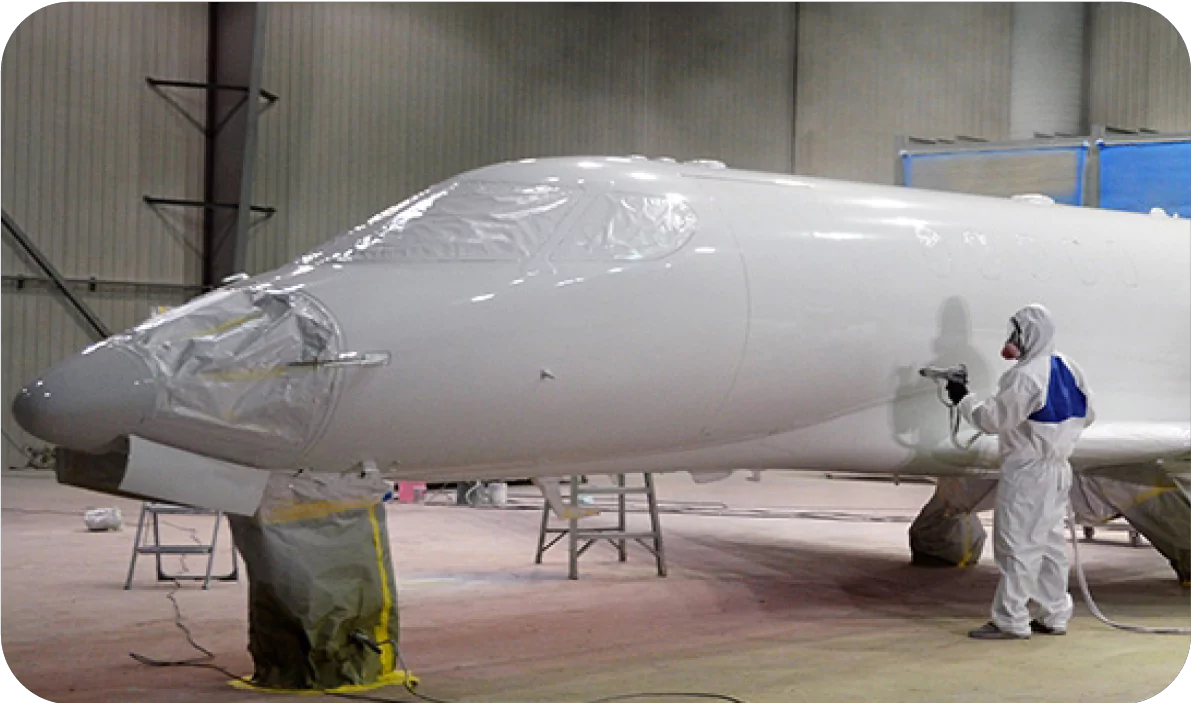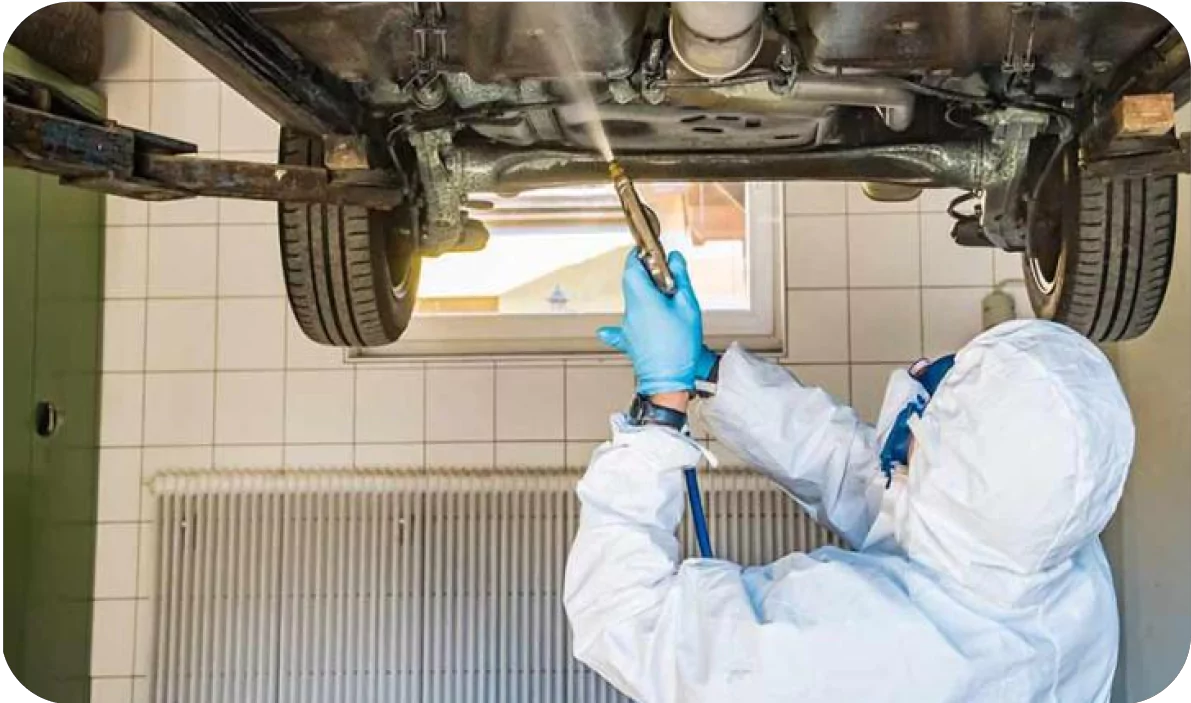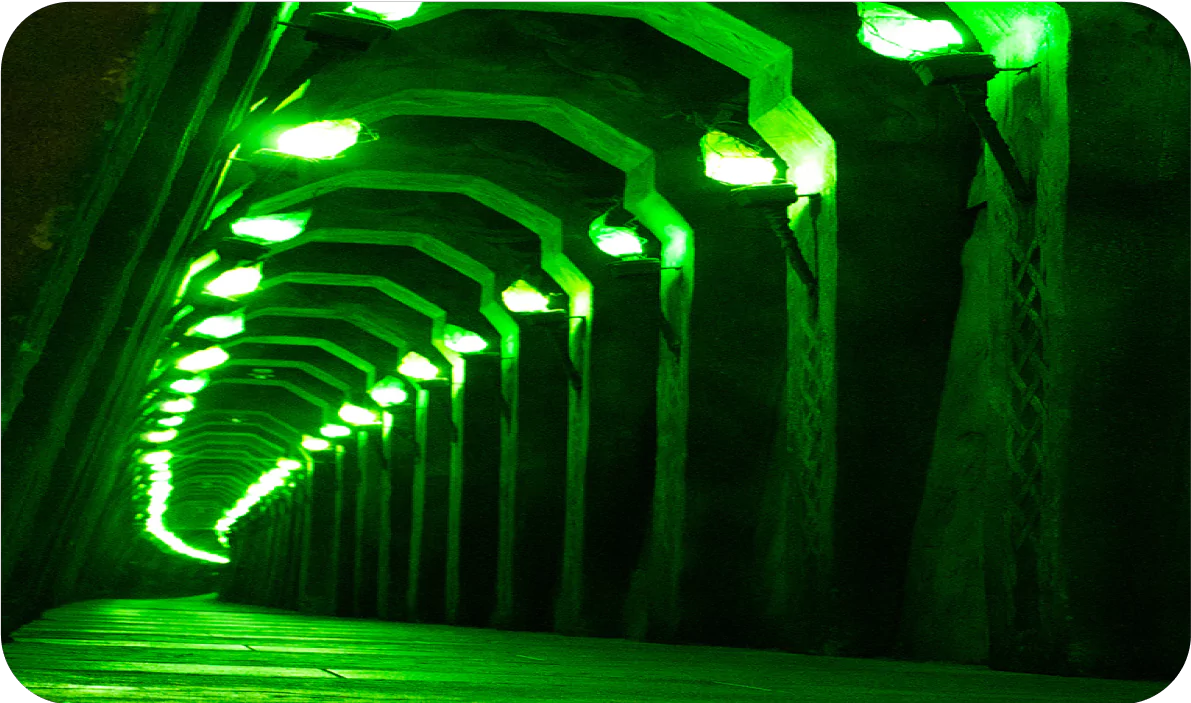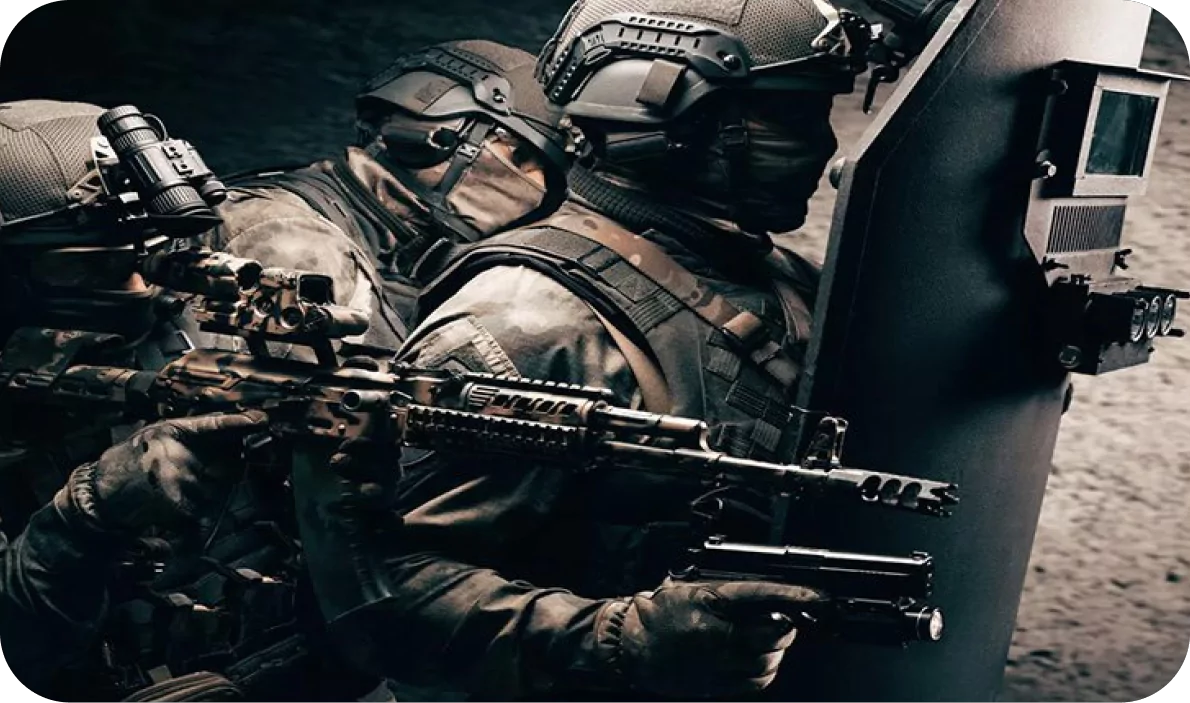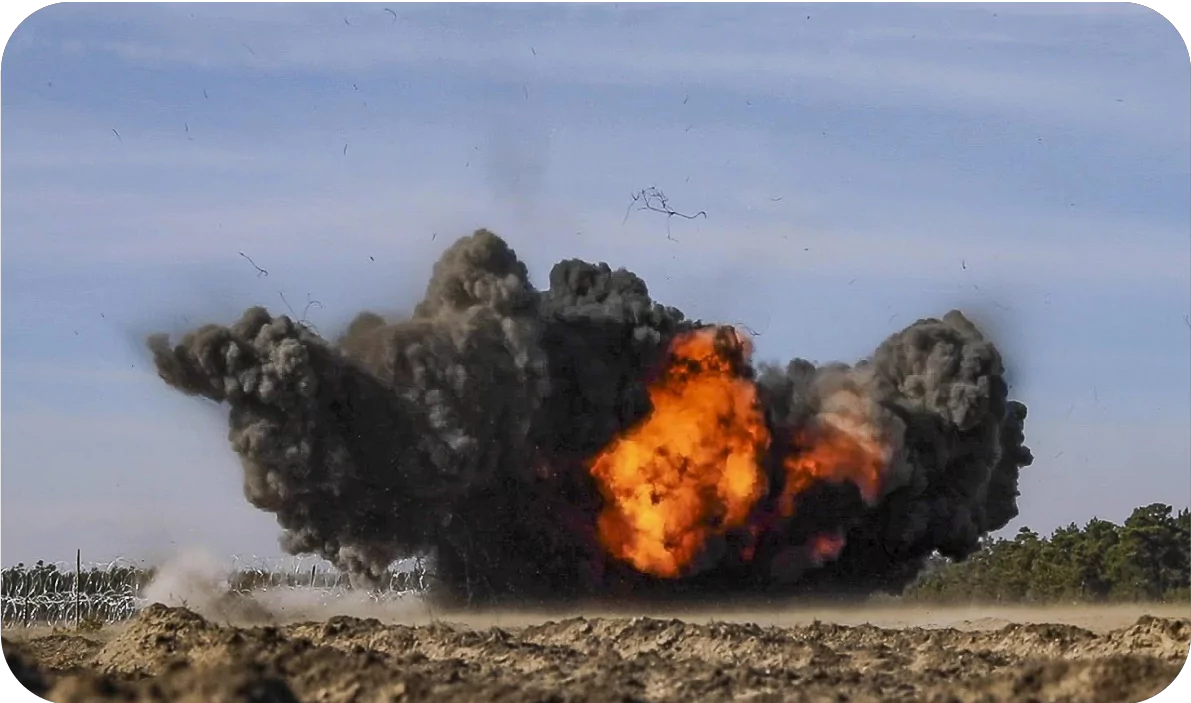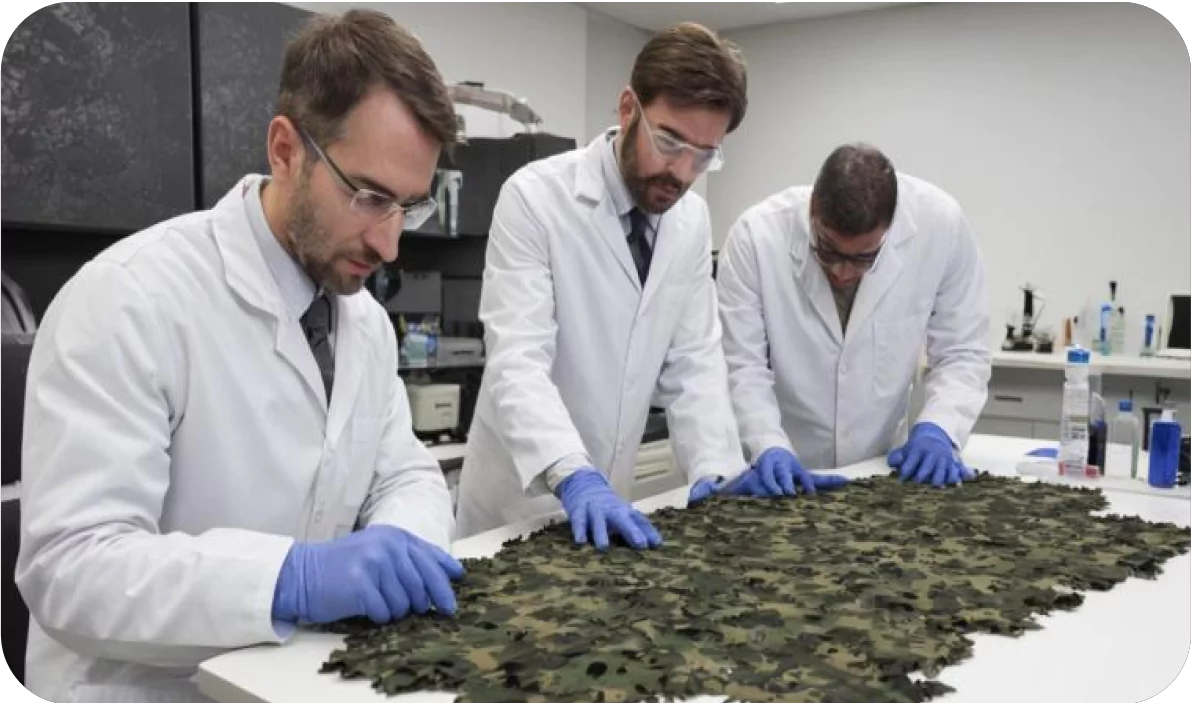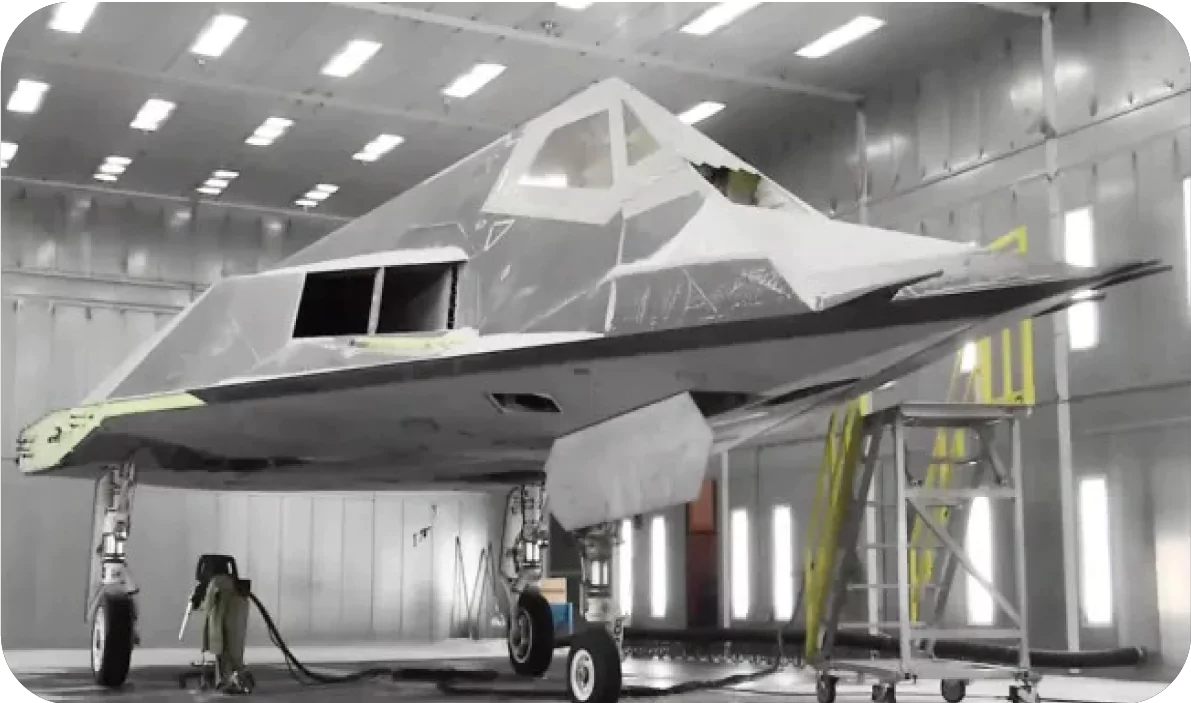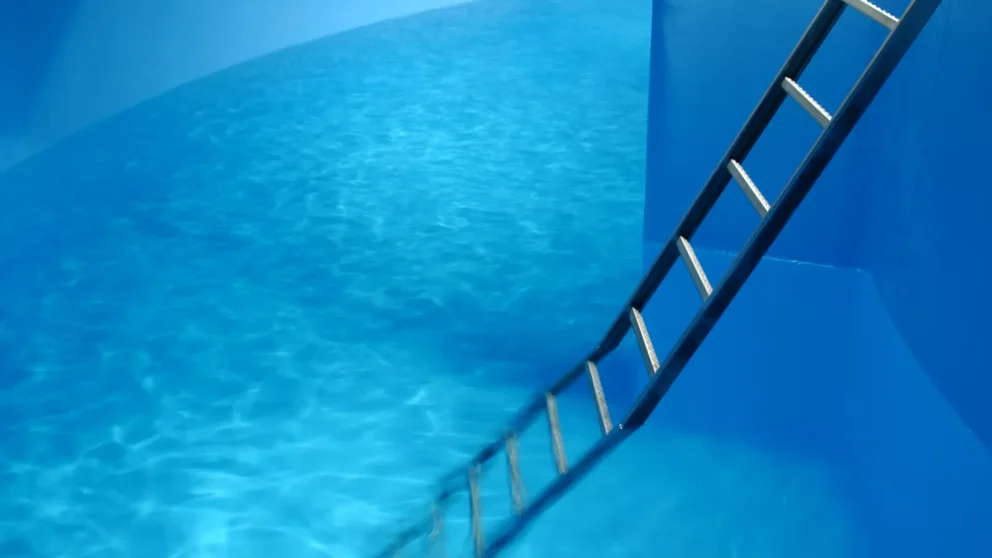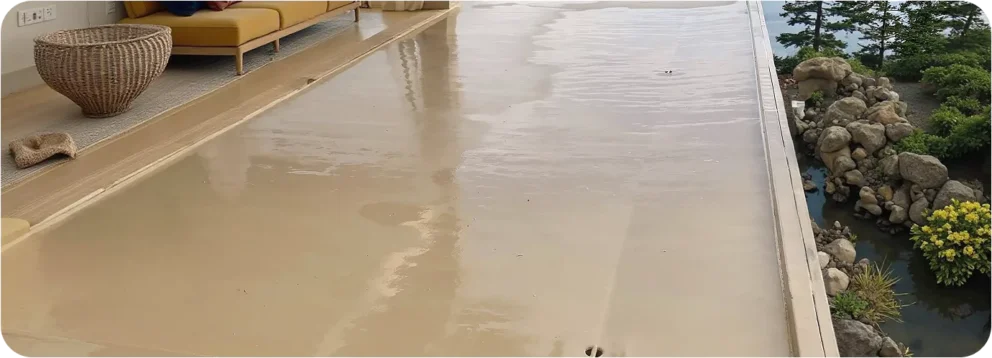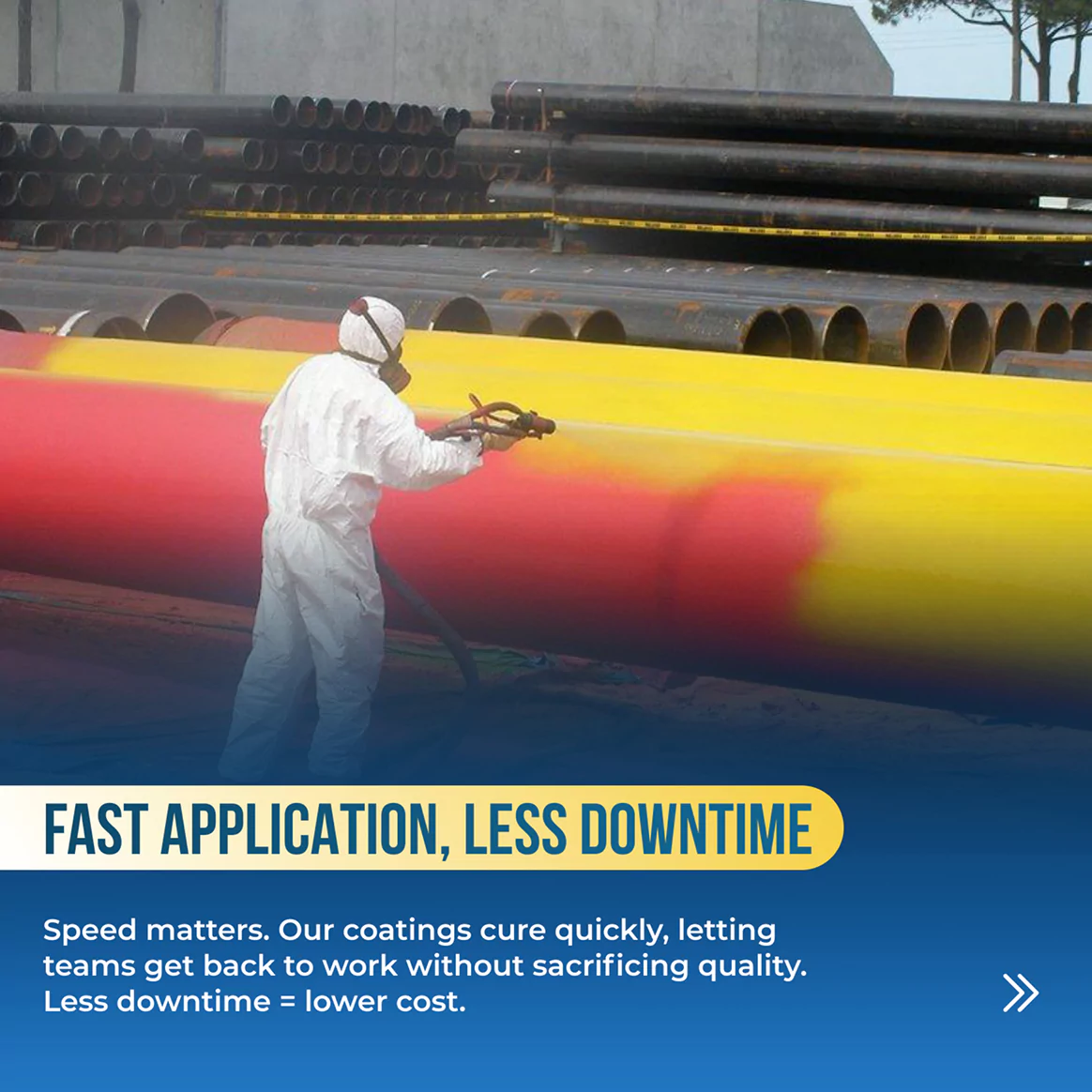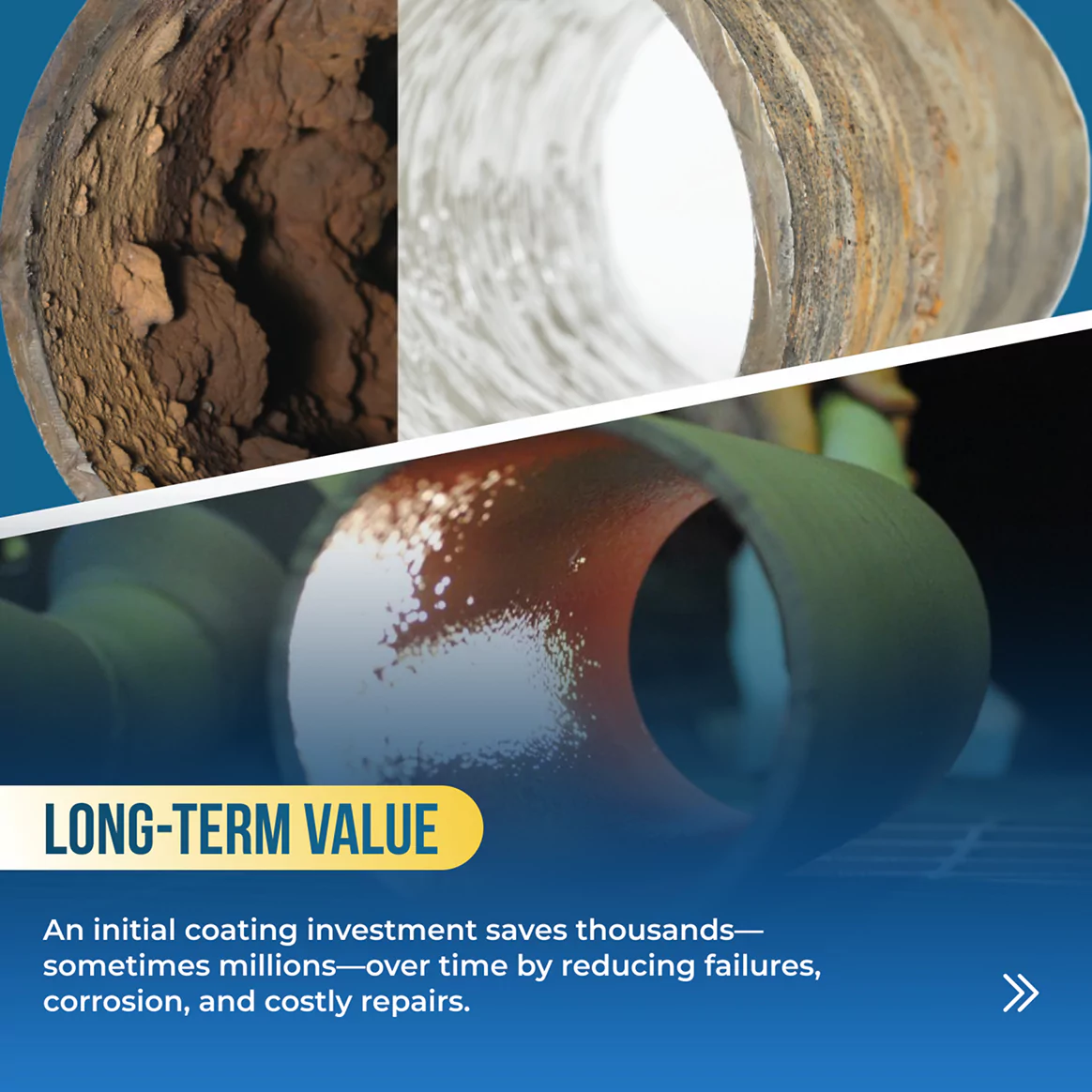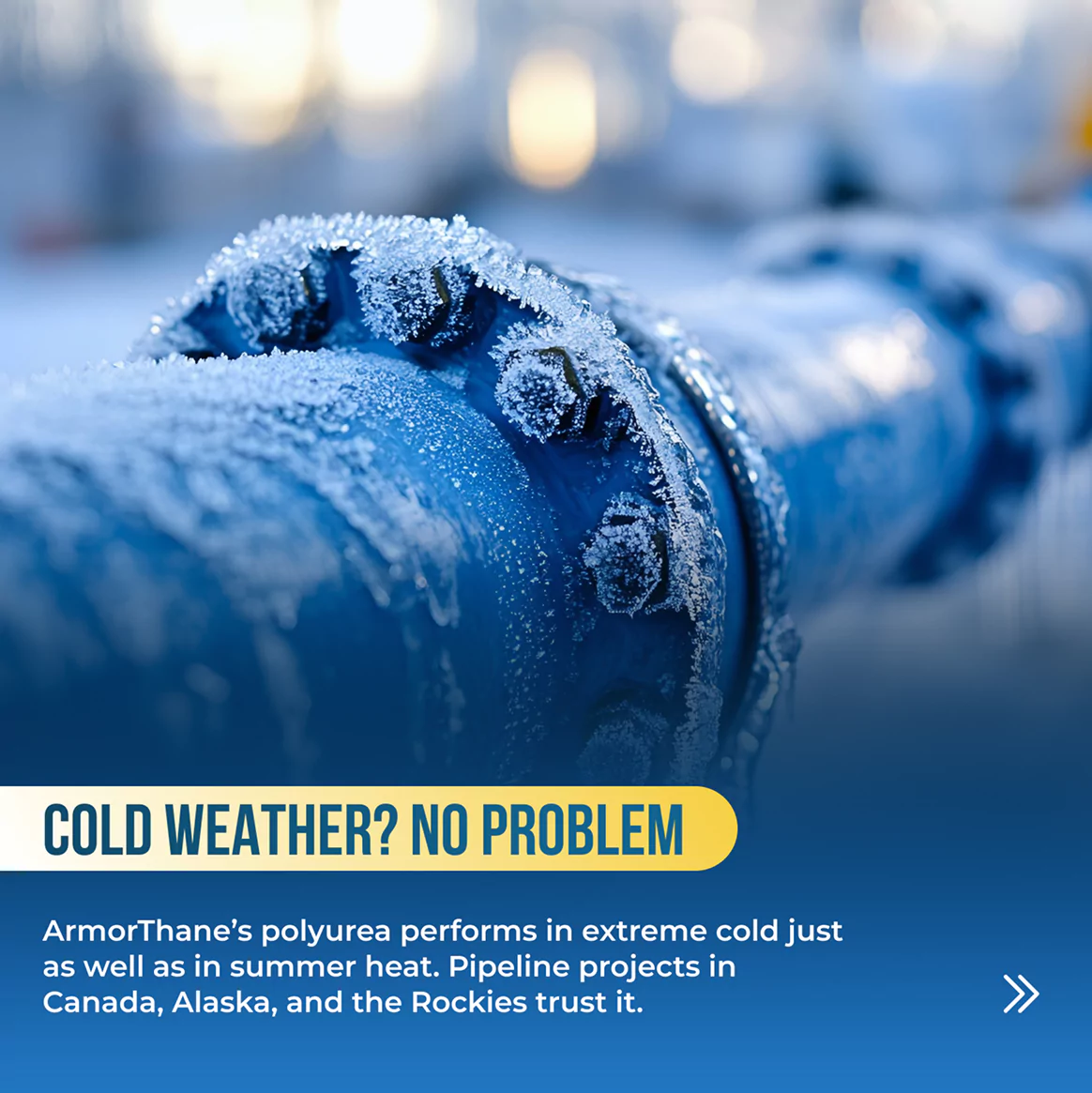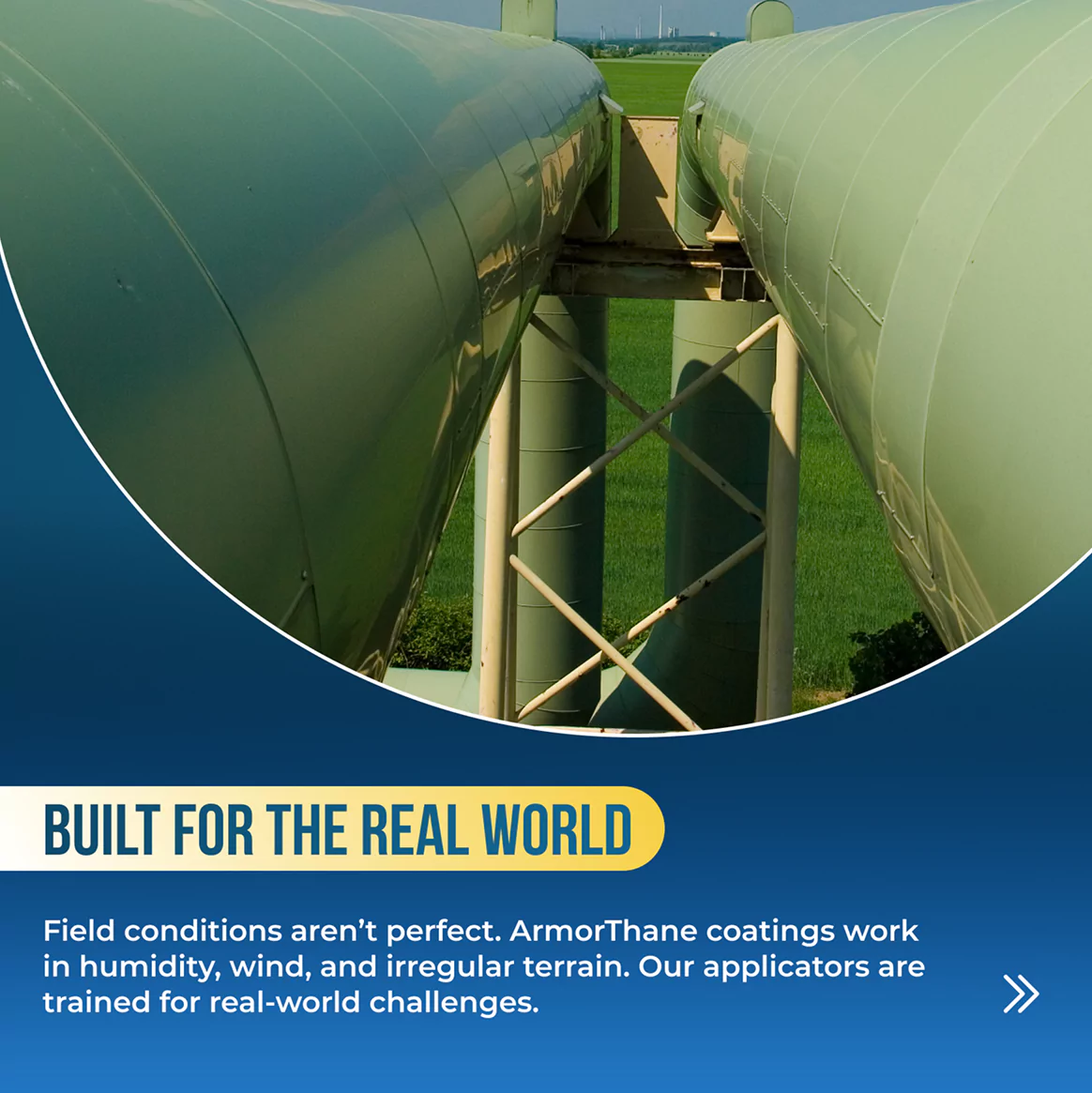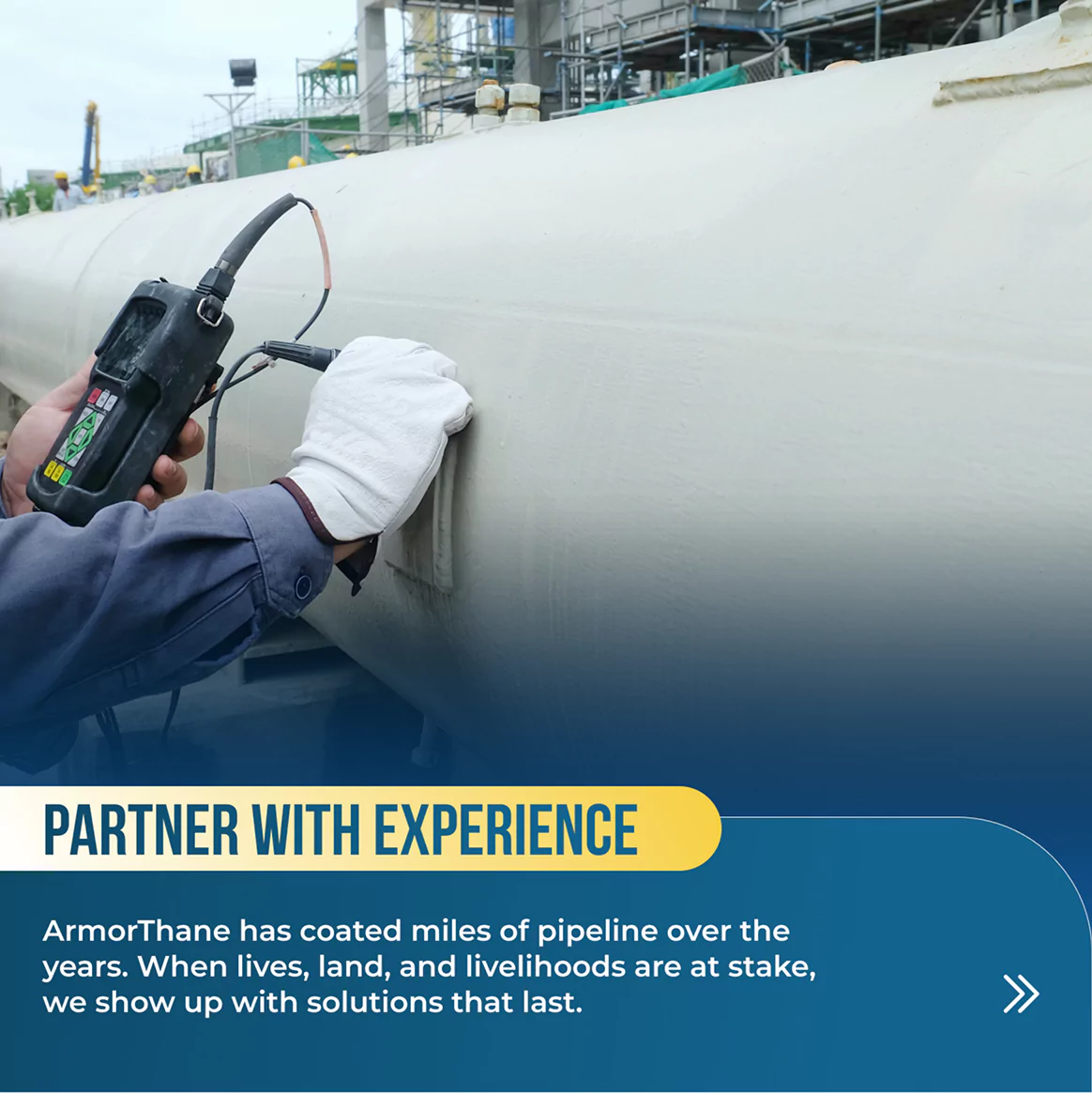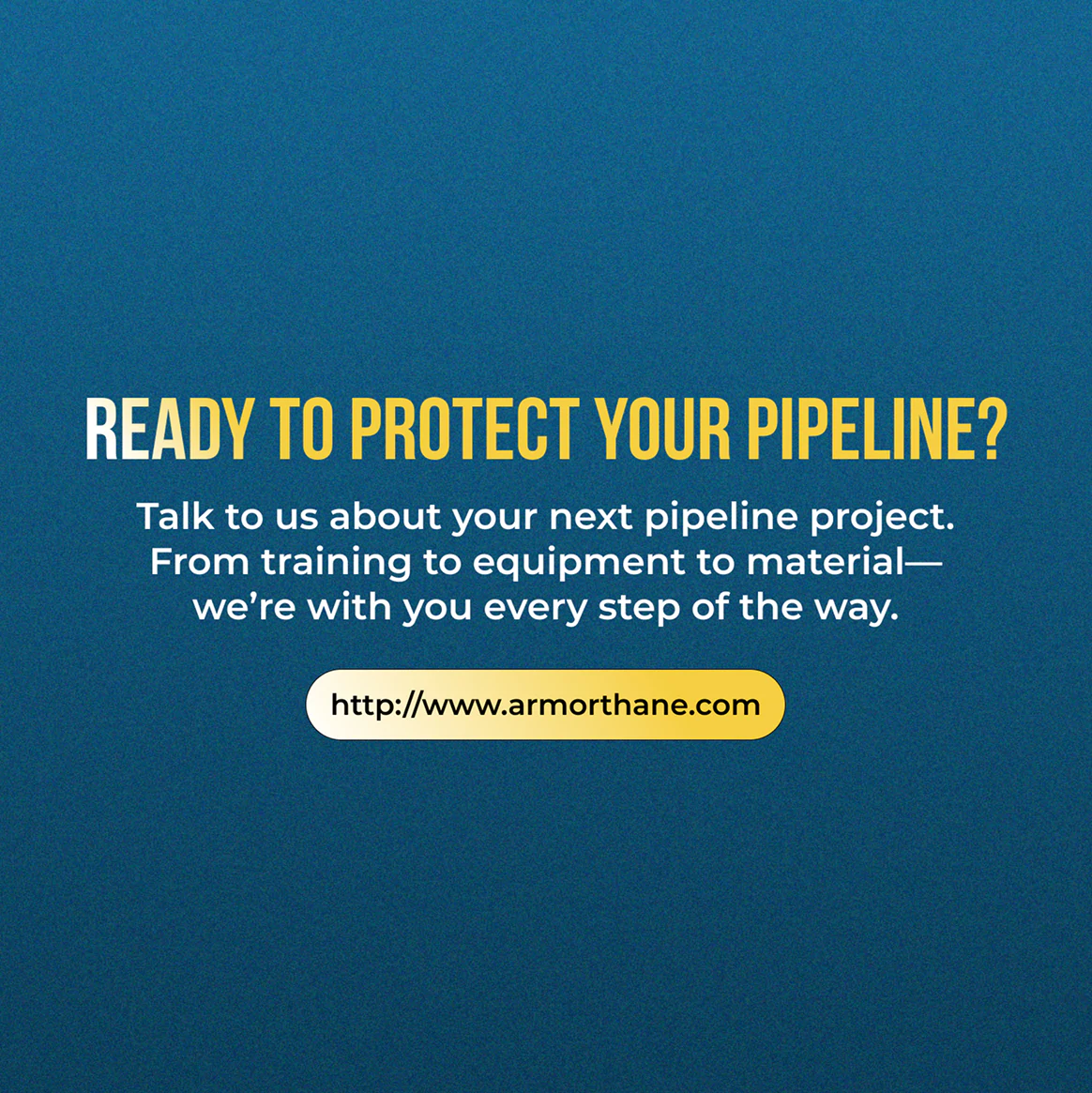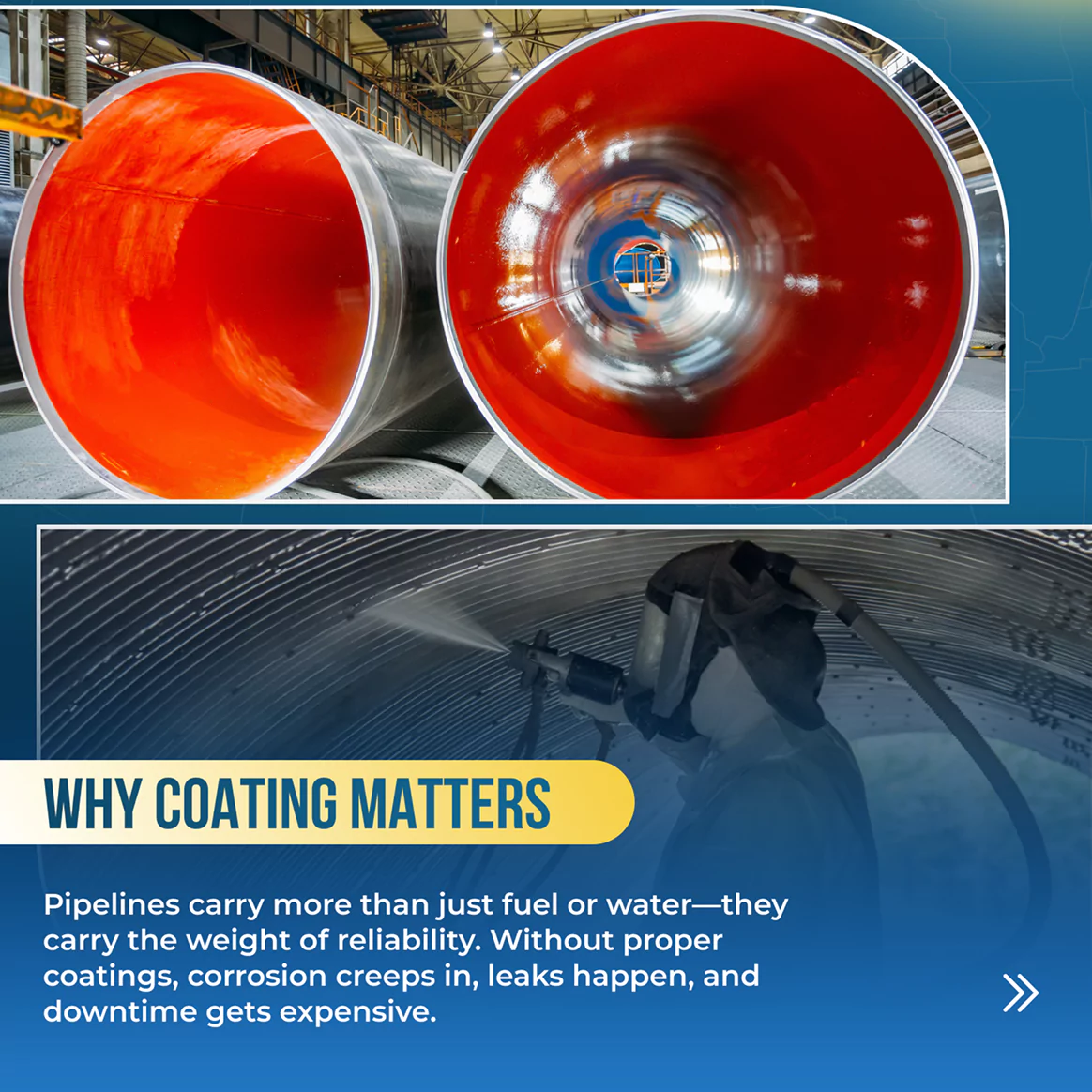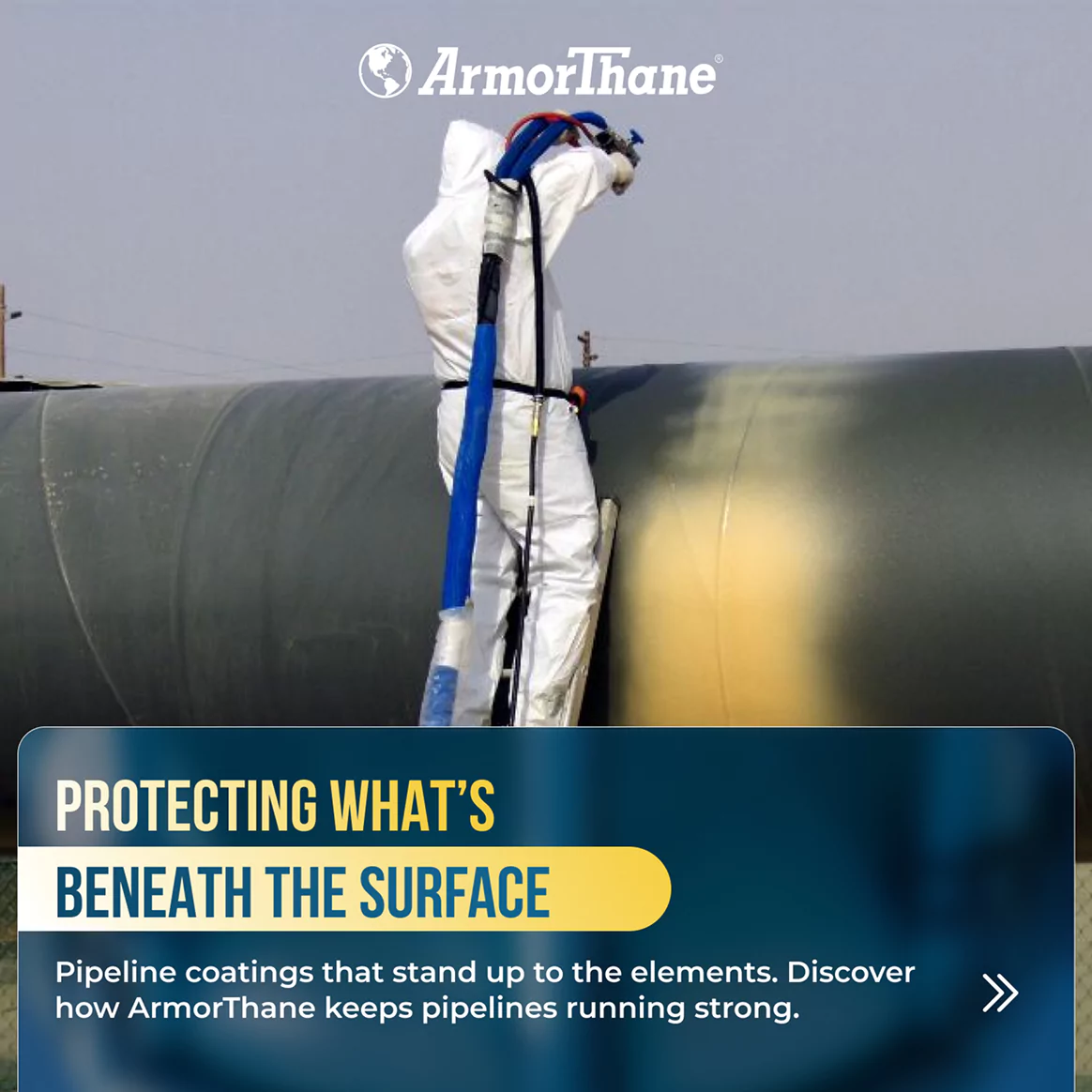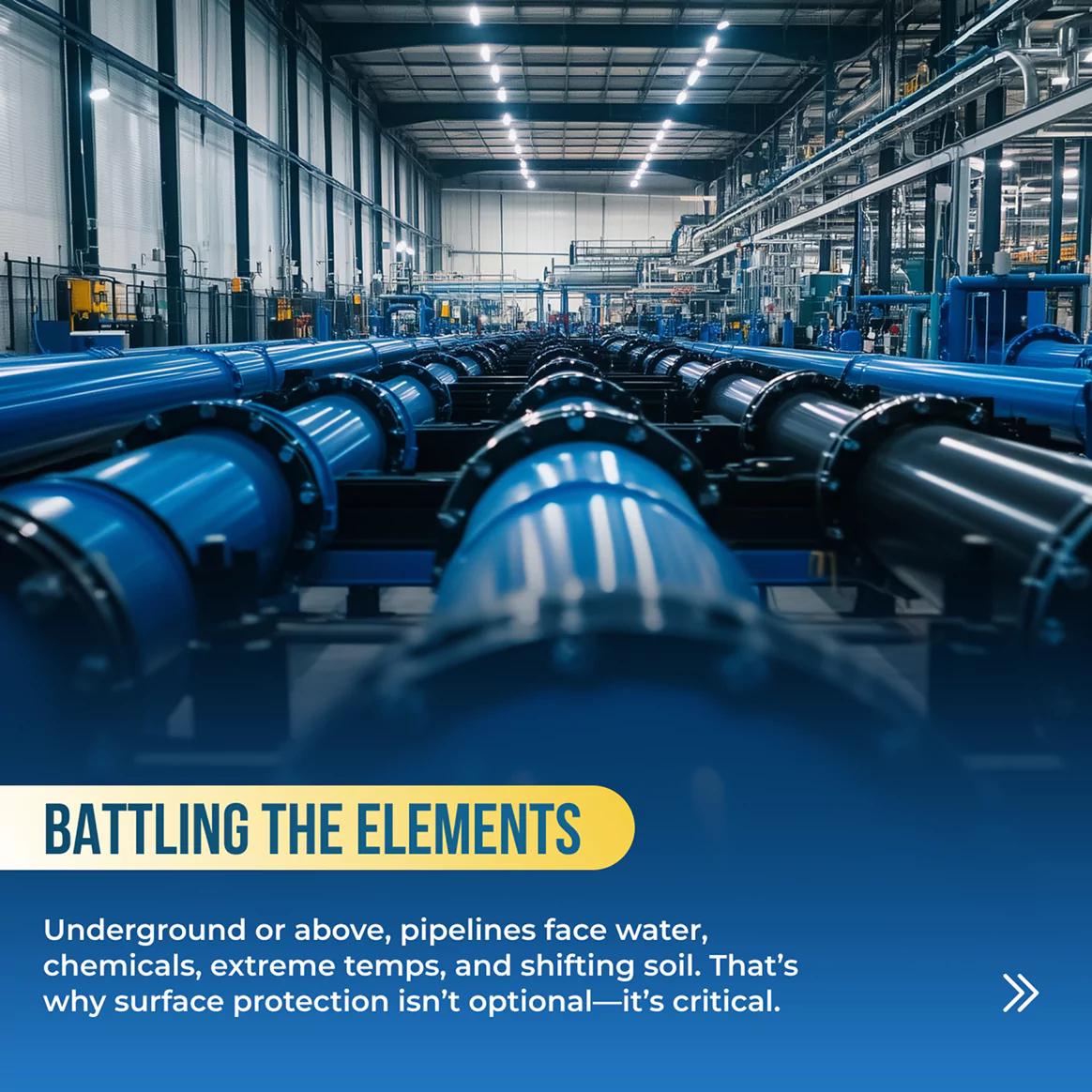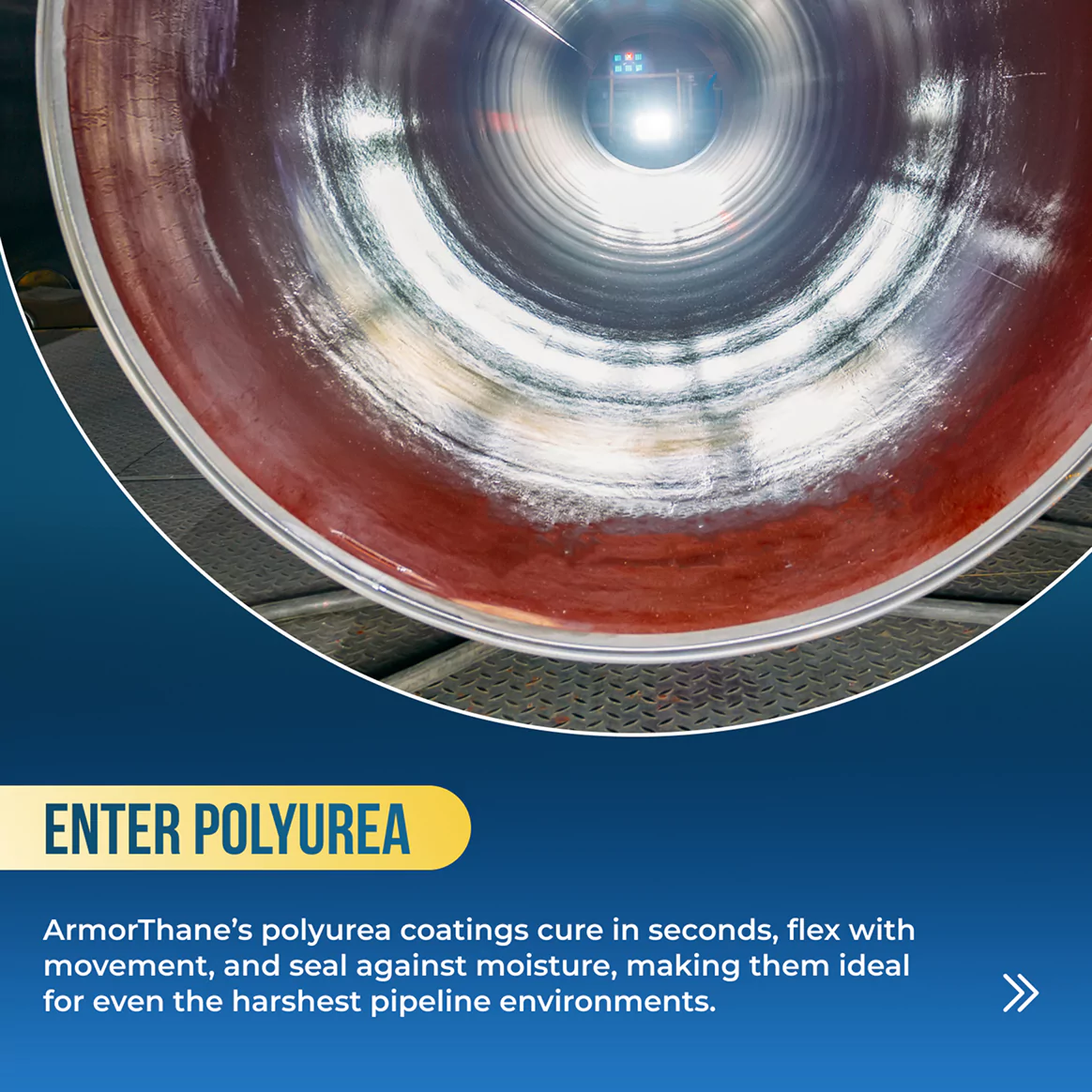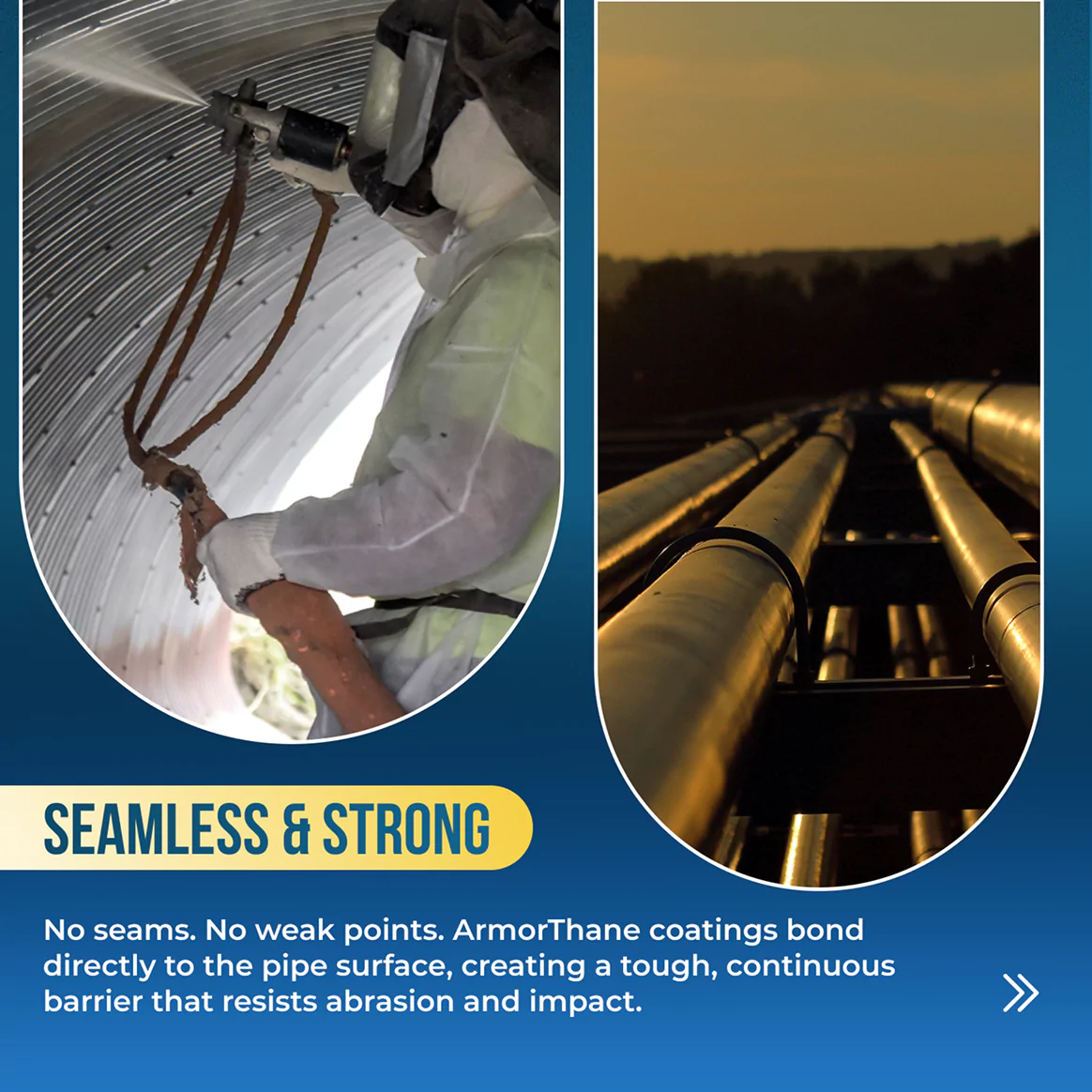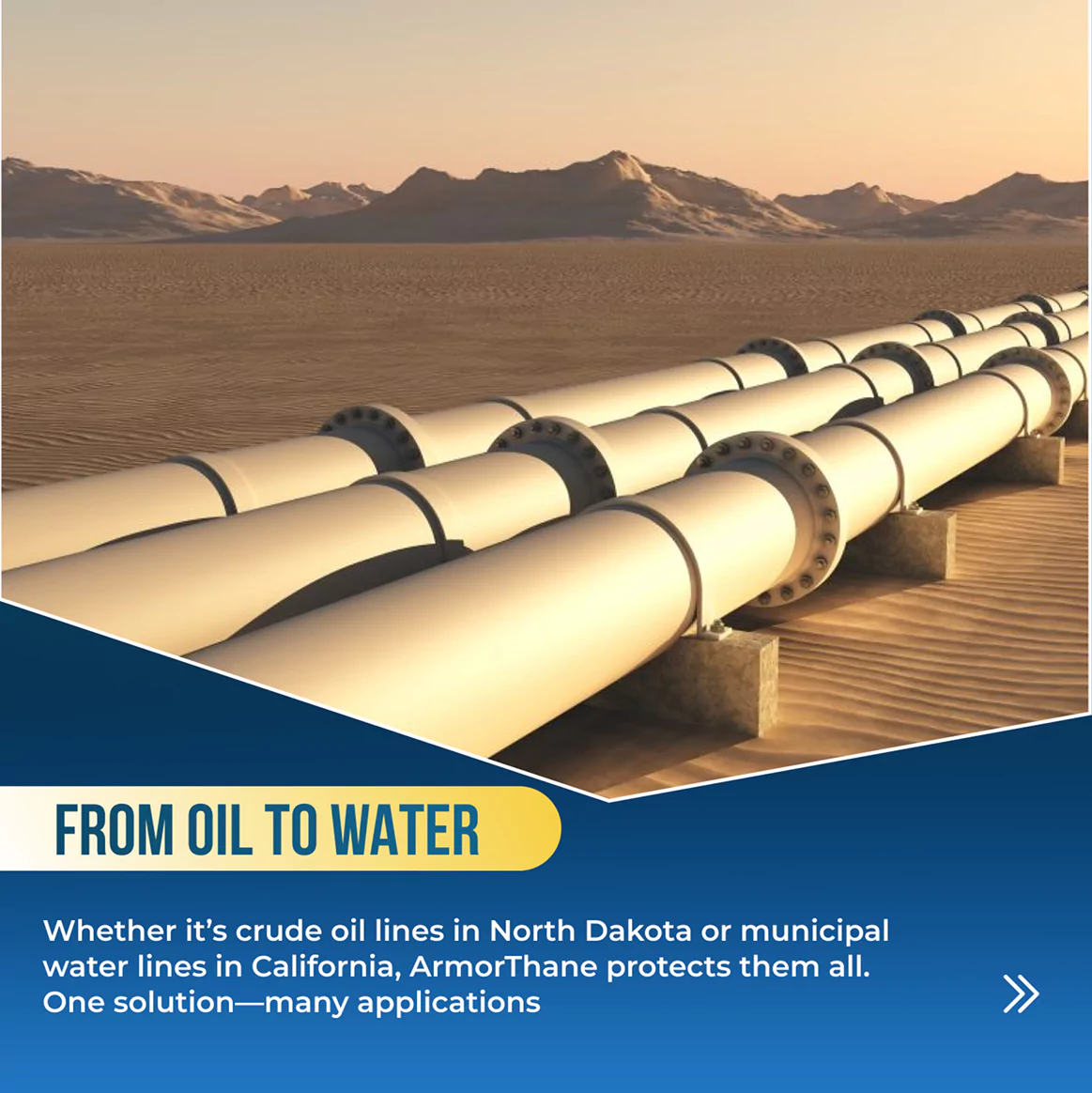CORROSION
PREVENTION
COATINGS
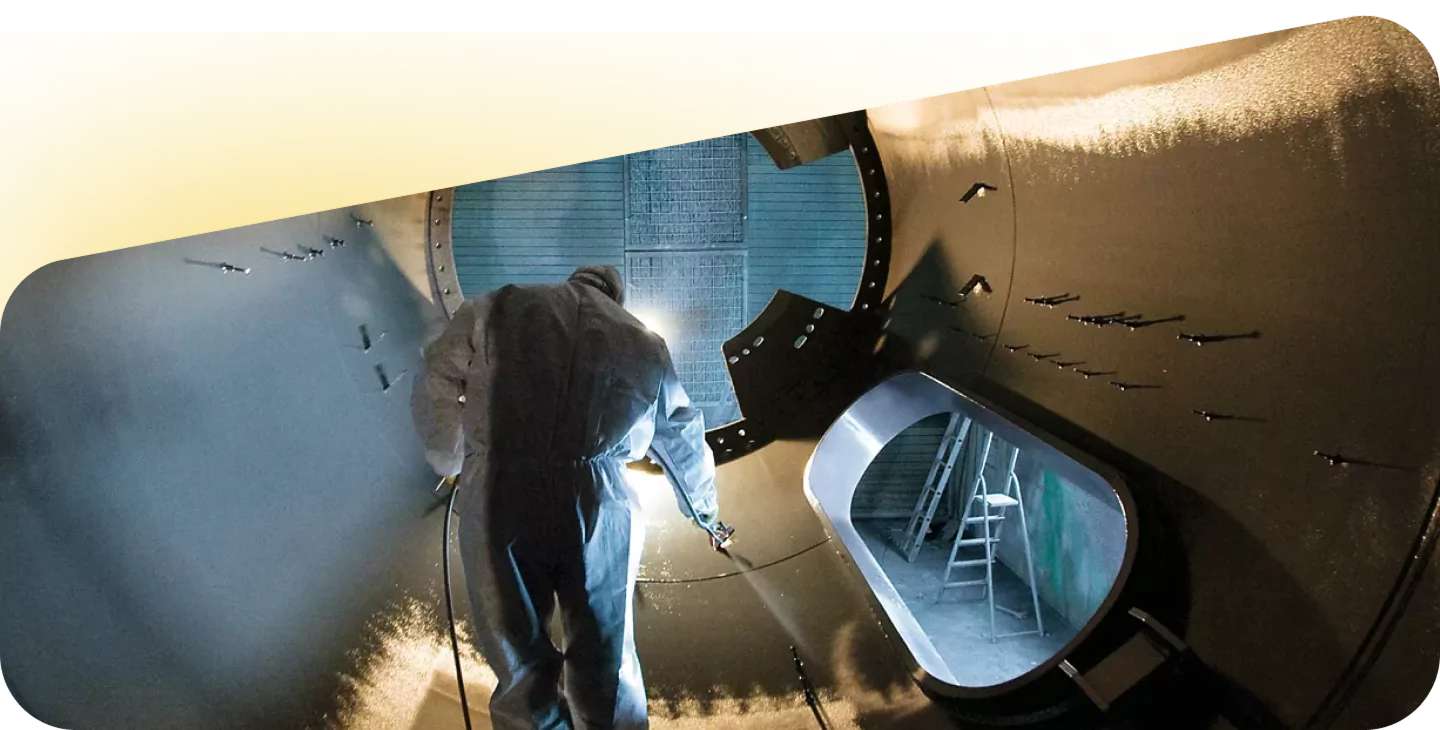
POLYUREA IS METALS’ ANTI-CORROSION ARMOR
POLYUREA IS METALS’ ANTI-
CORROSION ARMOR
Distinct from conventional epoxy paints that might take days to fully harden, polyurea sets fast without sacrificing performance. The resulting film adheres tenaciously to the metal substrate and boasts good mechanical properties – high tensile strength, impact resistance, and significant flexibility. It’s this flexibility that allows the coating to bend and expand with the metal under stress or temperature changes rather than cracking, essentially creating a tough, rubber-like shell on a metal surface that is incredibly hard to crack or penetrate, even under harsh conditions. And by virtue of its chemistry, polyurea is also one of the most corrosion-resistant coatings, shrugging off water, oils, and many chemicals that would ordinarily eat away at unprotected steel. Moreover, unlike many paints that depend on added corrosion inhibitors, polyurea achieves protection through its impermeable structure alone.
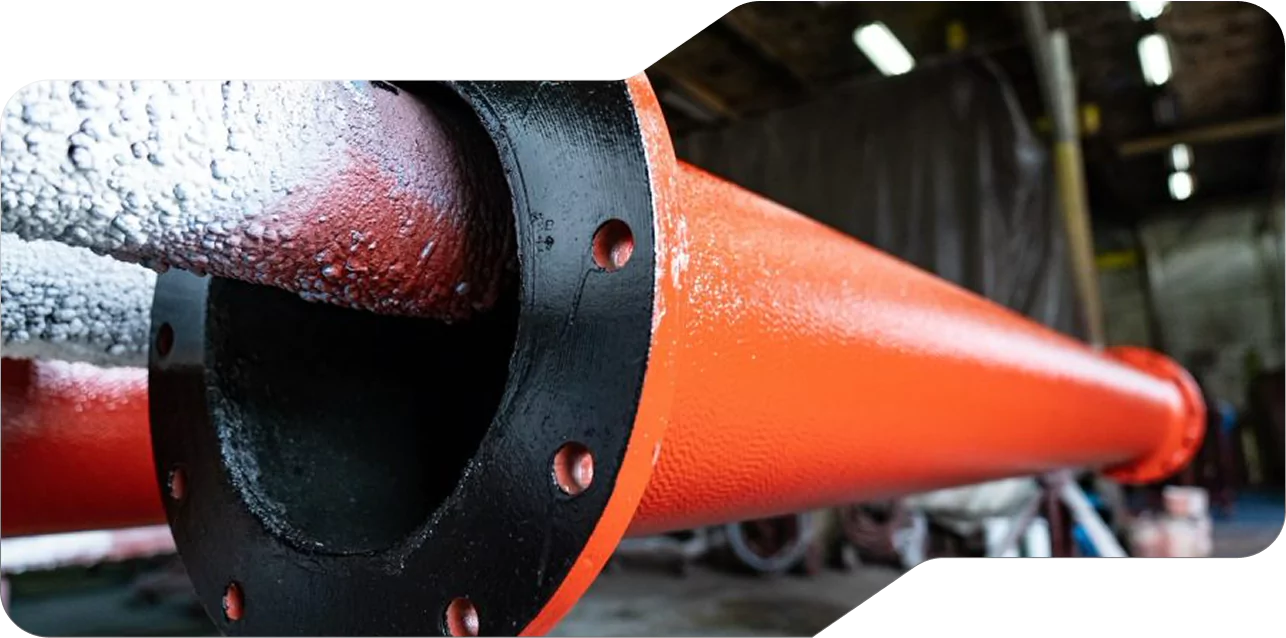
POLYUREA STOPS CORROSION IN ITS TRACKS
Additionally, polyurea is electrically insulating, which helps prevent galvanic corrosion between dissimilar metals. Its thick, rubbery film also absorbs impact and abrasion, so the coating won’t chip or crack if struck. It also shows no rust or blistering from salt spray, even after thousands of hours of exposure – far outperforming thinner paints or powder coatings on carbon steel. For maximum longevity, polyurea is often applied over an epoxy or zinc primer with corrosion inhibitors, combining chemical and barrier protection.
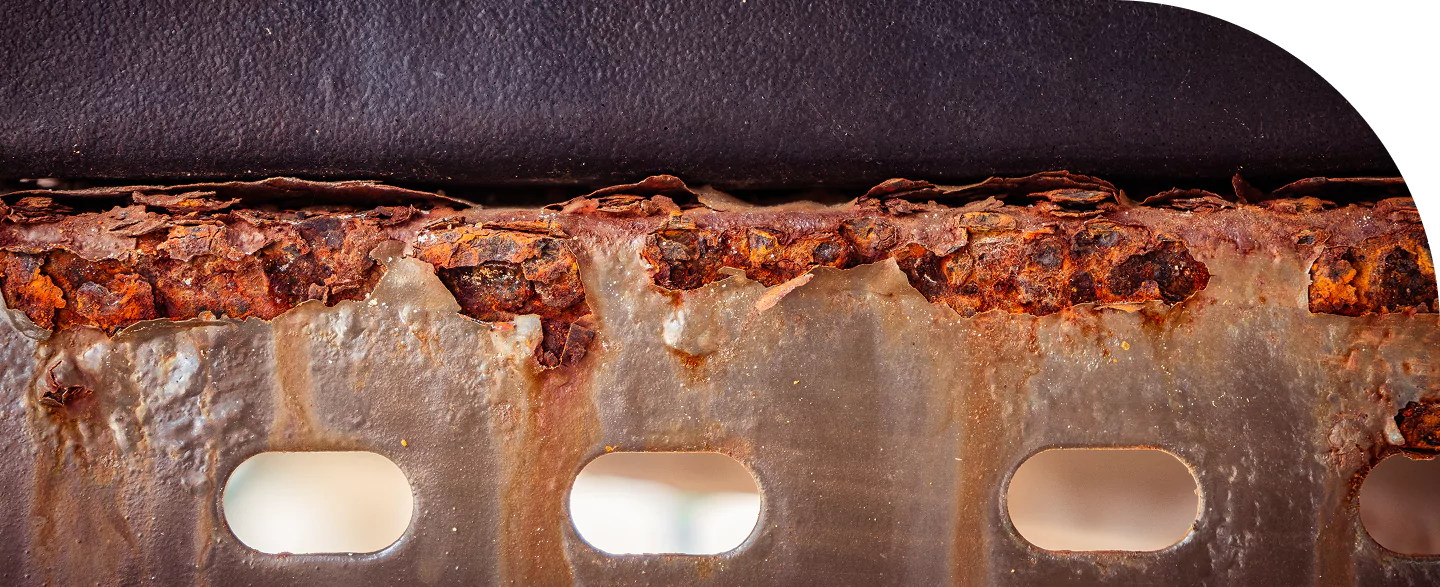
BUILT FOR EXTREMES: HIGH-TEMPERATURES,
CAUSTIC CHEMICALS, AND MORE
BUILT FOR EXTREMES: HIGH-
TEMPERATURES, CAUSTIC
CHEMICALS, AND MORE
-
Temperature Stability:
Specialized polyurea formulations can handle continuous heat above 100°C without losing adhesion, yet remain flexible even in freezing cold. Such stability in hot and cold conditions makes polyurea suitable for everything from high-heat pipes to frigid climate stainless steel tanks. -
Chemical Resistance:
Polyurea is inherently resistant to many industrial chemicals, oils, and solvents. Spills or chemical fumes that would blister ordinary coatings are shrugged off by polyurea, which is why it’s used as a lining for tanks and containment areas. -
Abrasion and Impact Resistance:
As an elastomer, polyurea can absorb shocks and resist wear. It acts as a tough cushion over carbon steel, fending off scratches, erosion from sand or particles, and physical impact. This quality is why polyurea doubles as a coating for truck beds and heavy equipment. Polyurea provides all-around corrosion resistance in harsh environments where ordinary coatings often fail. From desert oil rigs to ship decks in polar seas, this elastomeric coating maintains an unbroken shield over metal.
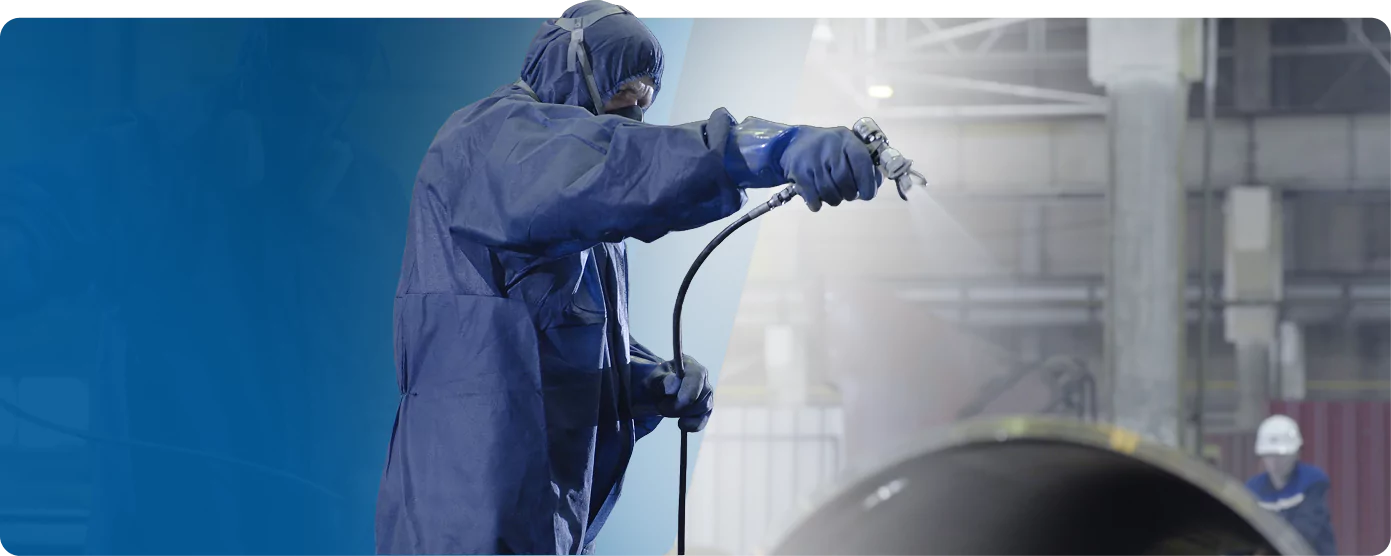
VERSATILE APPLICATIONS
ACROSS INDUSTRIES
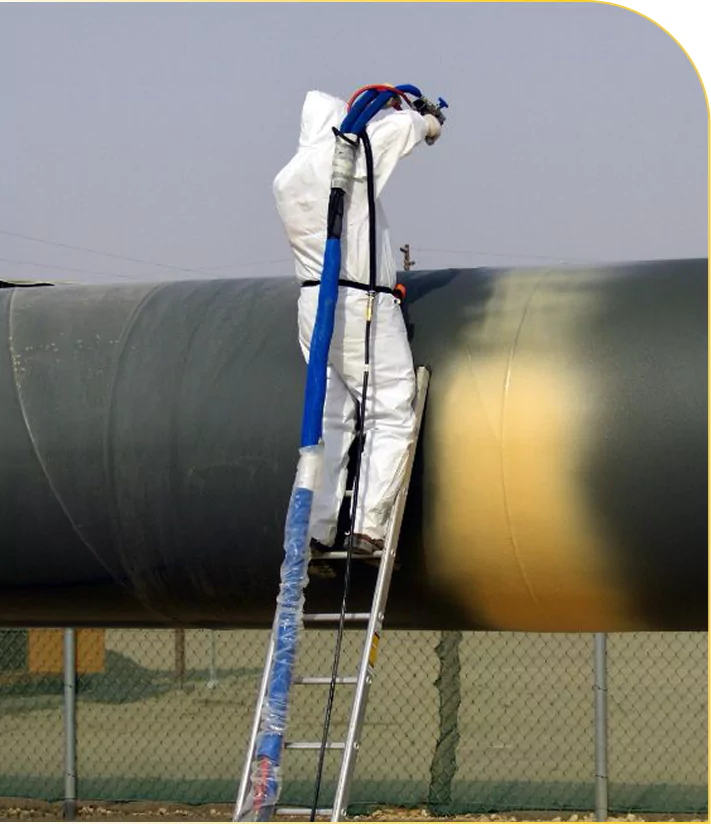
POLYUREA COMPARED TO OTHER
CORROSION-PREVENTING COATINGS
Another popular method is powder coating, where a dry powder is electrostatically applied to metal parts and baked on. Powder coatings can be high-performance and are great for small to medium-sized components (think tools, automotive parts, appliances). However, the coating process requires an oven bake, so you can’t powder-coat a bridge or a large tank on-site. Polyurea has the advantage here – its spray application can cover huge structures in place, creating a thick film in one pass. There’s no size limit beyond logistics and no curing oven needed.
Then there are metallic coatings like hot-dip galvanizing or thermal sprayed aluminum. These metallic coatings protect by sacrificing themselves (for instance, zinc will corrode in place of the underlying carbon steel). They can wear down over time and don’t offer the same impact cushioning as a polyurea layer, and in practice, engineers often adopt a “belt and suspenders” approach: applying a metallic coating first (for galvanic protection) and then adding a polyurea topcoat for barrier protection and mechanical strength. This combination can deliver extremely long service life, leveraging the strengths of both methods, but it falls short of polyurea’s balance of versatility, convenience, and performance. So polyurea doesn’t necessarily replace every other coating in every situation, but it often outperforms single-method approaches and can be integrated with them for excellent corrosion protection.
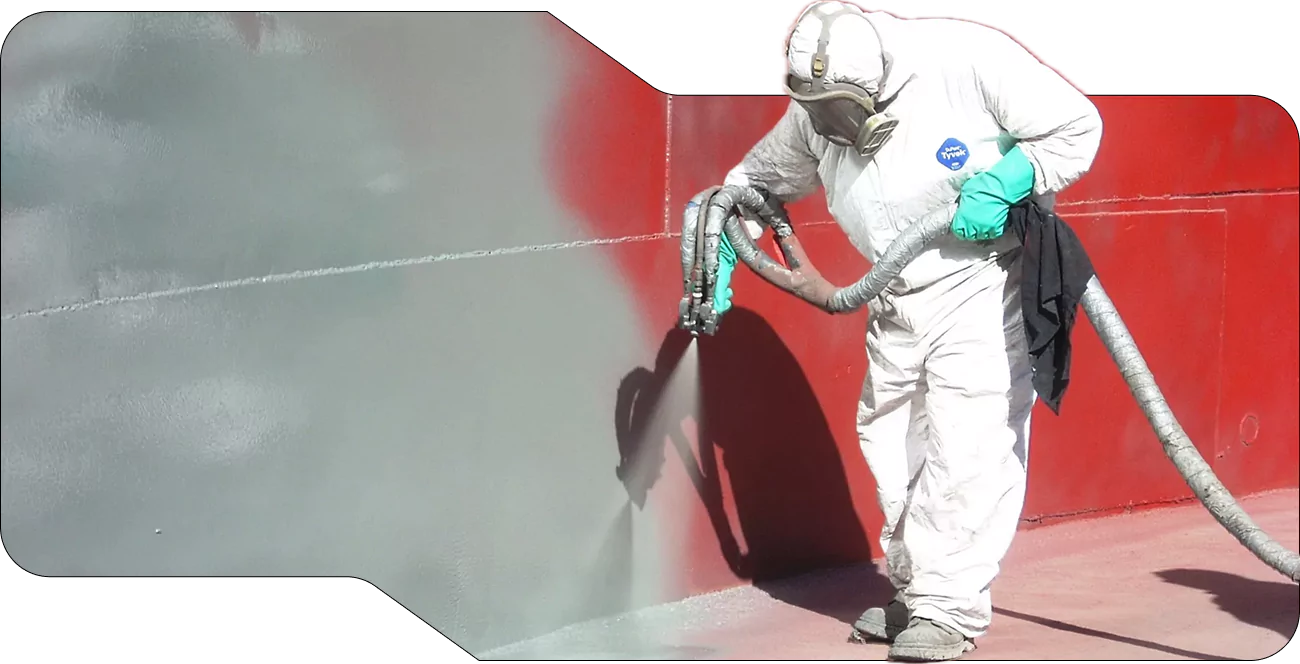
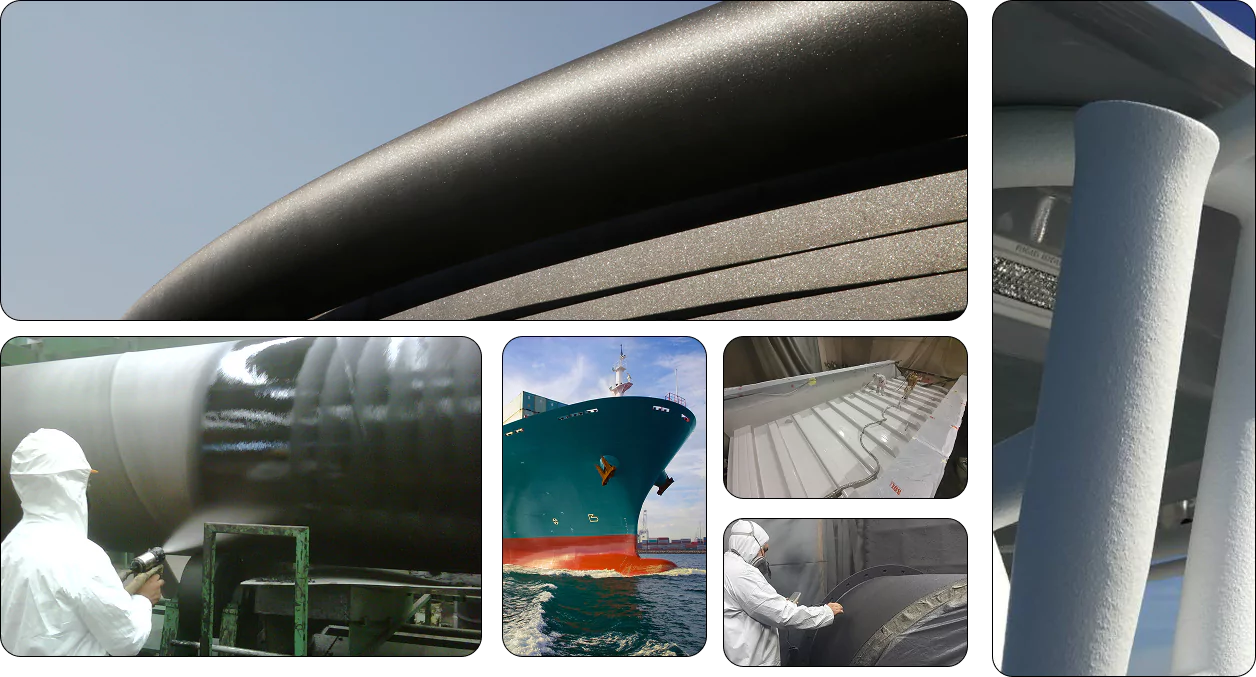
ARMORTHANE IS THE NEW STANDARD IN
CORROSION PREVENTION
ARMORTHANE IS THE NEW STANDARD IN CORROSION PREVENTION
In the United States, companies like ArmorThane are providing cutting-edge polyurea corrosion protective coatings that make sure bridges, pipelines, and industrial facilities receive excellent corrosion protection from day one, often without the need for additional corrosion inhibitors. As technology evolves, we can expect this durable, adaptable coating to play an even bigger role in safeguarding our metal substrate infrastructure against the relentless forces of time and nature, and we plan to continue to help you protect against corrosion as long as corrosion remains! So if you want to learn more or start your career in the paints and coatings industry, give us a call and fill out our contact form, and we’ll be happy to equip you with the right tools and materials or comprehensive training and certification to start your own coatings business.
latest news & bLOGS
FREQUENTLY ASKED QUESTIONS
Corrosion prevention coatings are chemical shields applied to the surfaces of materials that can degrade through exposure to their local environment. Whether it be industrial chemicals or high humidity, corrosion prevention coatings insulate structures and surfaces from direct contact with corrosive agents, and can themselves withstand harsh physical and chemical environments.
The best corrosion prevent coatings are waterproof, watertight, chemically inert, durable, safe, and cost-effective. Polyurea checks all of these boxes, making it one of the coatings industry’s most versatile and high-performing coating technologies, and among the best choices of corrosion prevention coatings.
Polyurea coatings can be applied to almost any surface, creating a waterproof and airtight barrier between surfaces and their environment. Unlike many substrate materials that are susceptible to chemical corrosion, polyurea is chemically inert, and can withstand high moisture or extended exposure to oxygen without damage or degradation.
This cracking usually occurs in two ways – crazing or micro-fracturing. Crazing refers to the formation of small cracks in the surface of the coating due to shrinkage after application. Micro-fracturing involves deeper cracks caused by increased coating stress due to the expansion or contraction of substrate materials beneath it.
The best way to prevent polyurea coatings cracking is to prepare carefully before application and properly cure afterward. For example, make sure that all surfaces are clear from dirt, dust, grease, oil stains, etc., before applying the coating, as these can cause adhesion failure, which could lead to cracking down the line. Also, be aware that some substrates are prone to absorption when wetted: if dampness has occurred from snow melt or rainfall, for example, then additional time should be taken for adequate drying before application so as not to risk shrinkage during cure time later on, which could again result in craze cracking over time. Finally, ensure that you follow your manufacturer’s instructions and adhere strictly to their recommended drying times for optimal performance; any deviations here will also strain your polyurea.
CONTACT US
REQUEST A QUOTE OR
BECOME AN APPLICATOR

Phone Number
Tel: 417.831.5090

Email Us
moreinfo@armorthane.com
